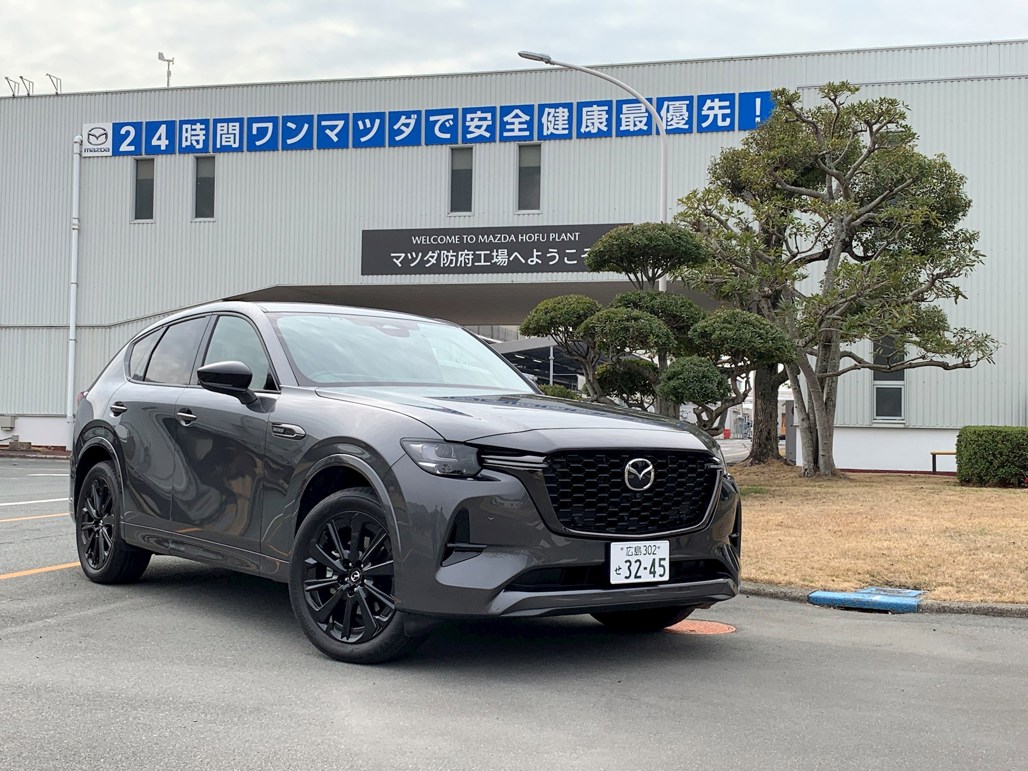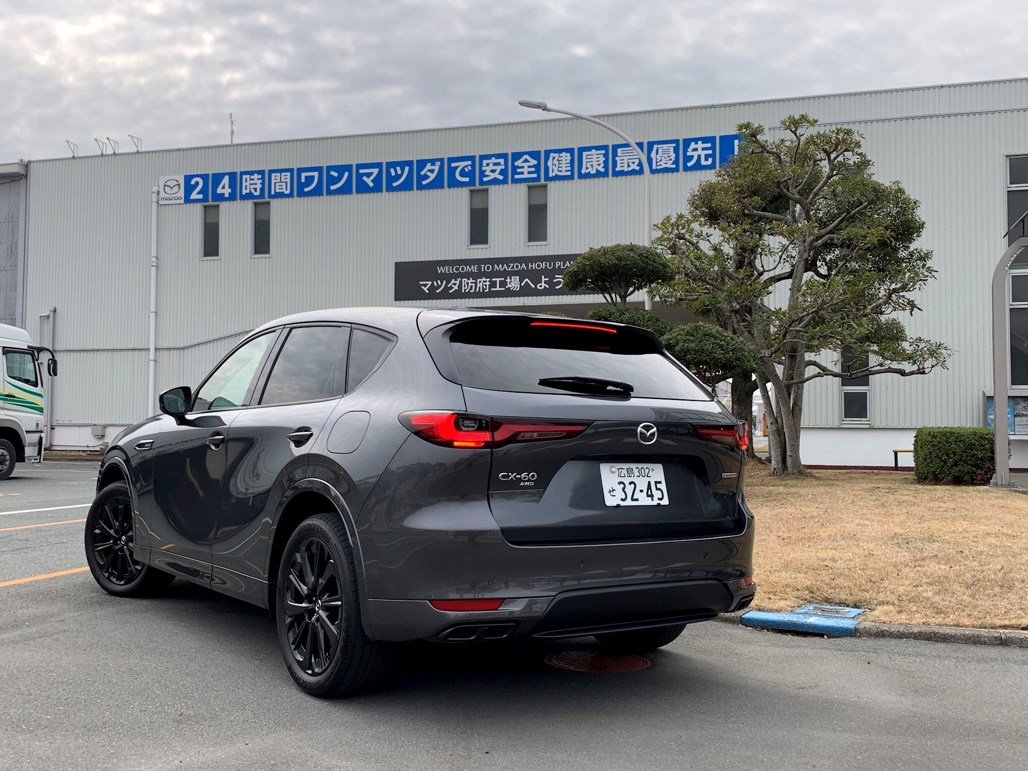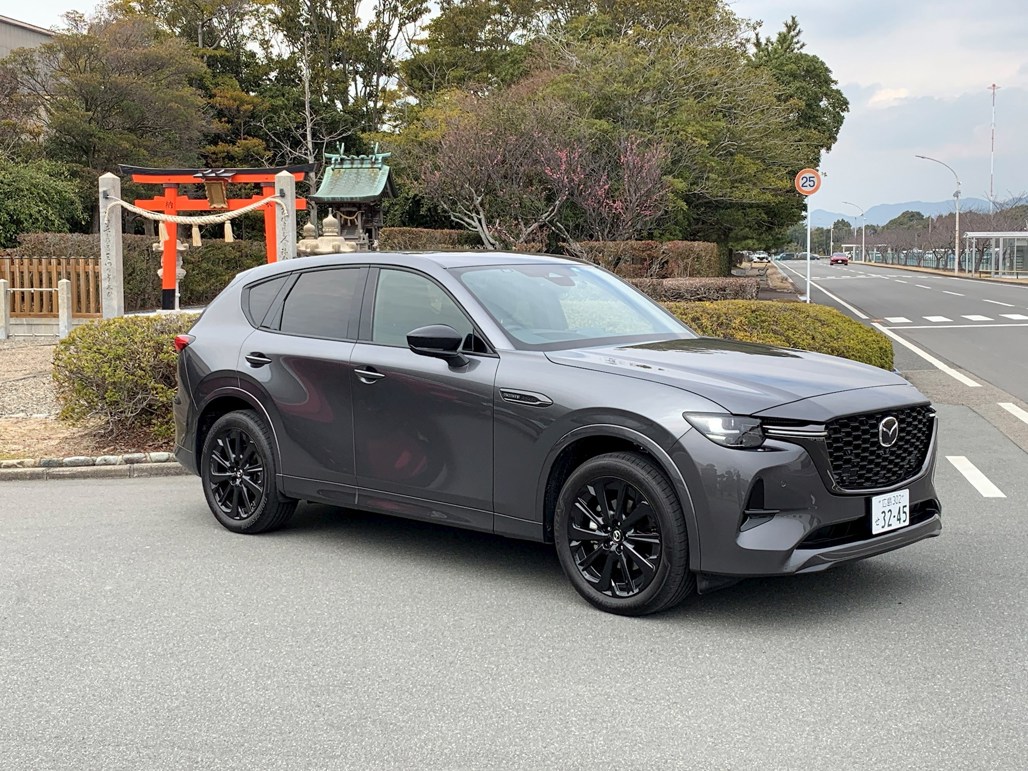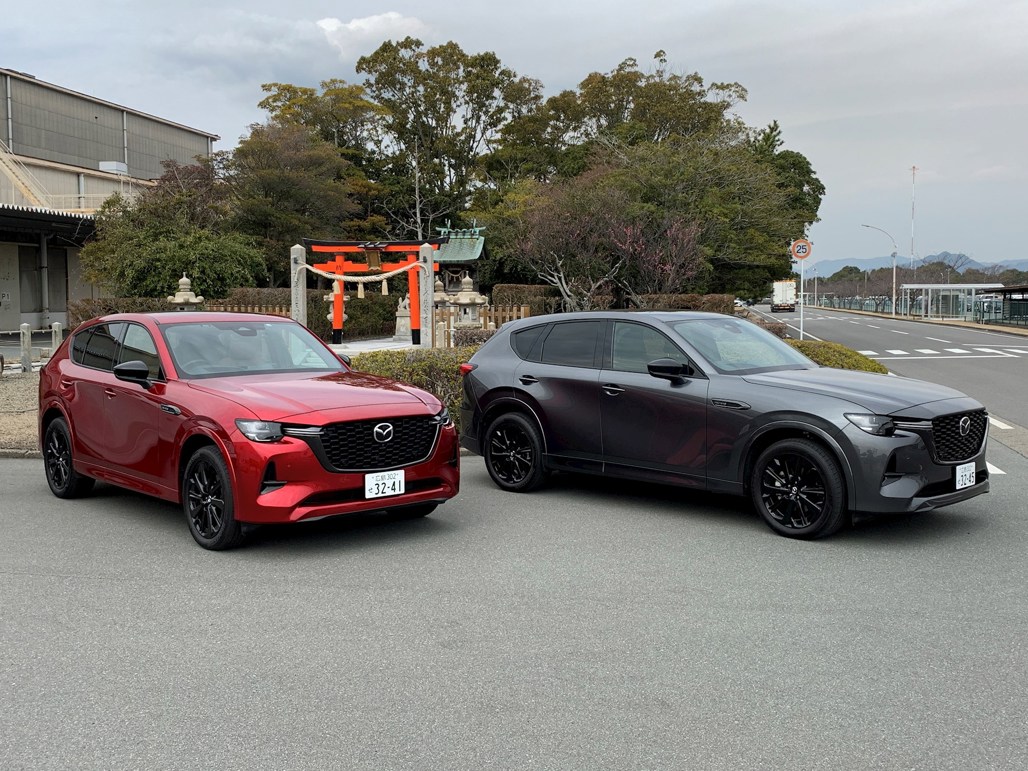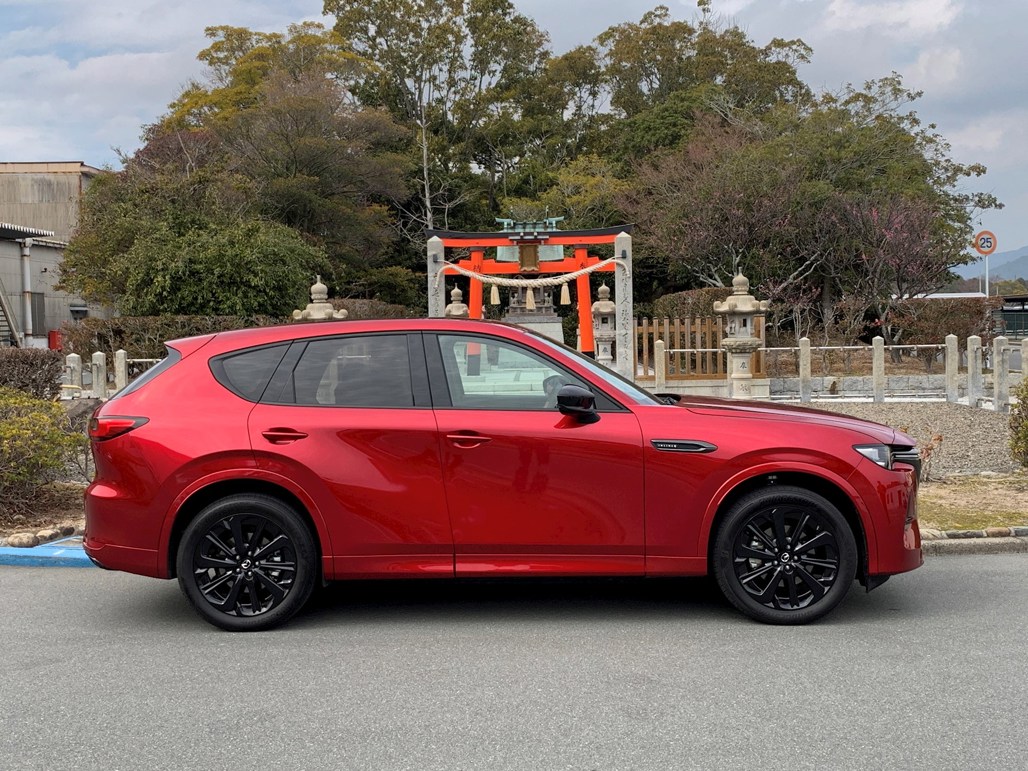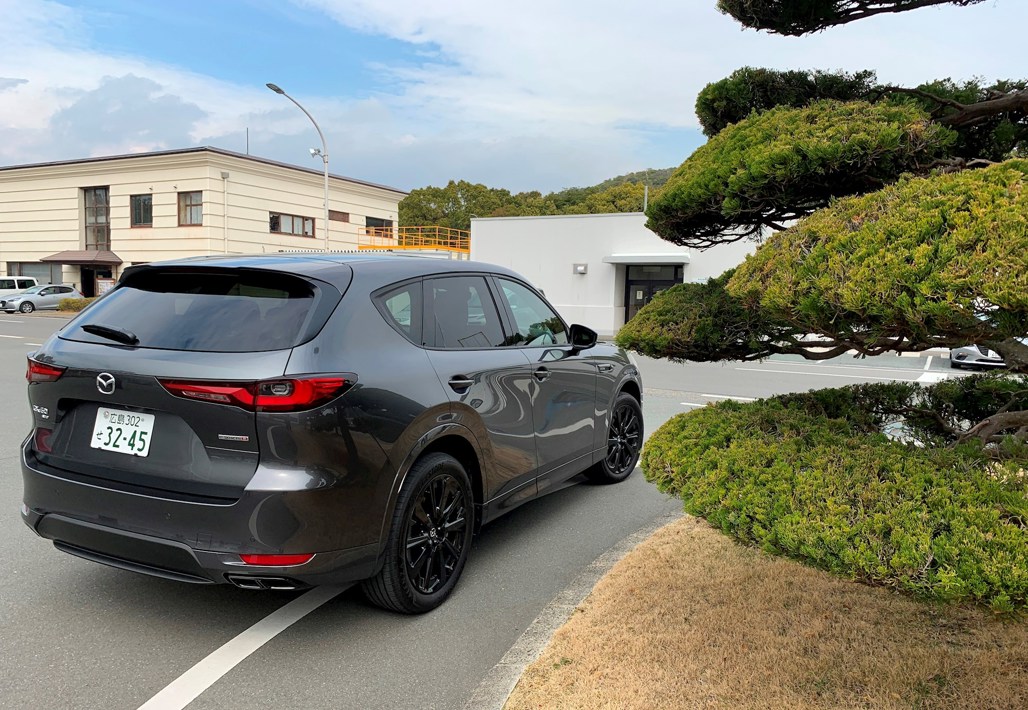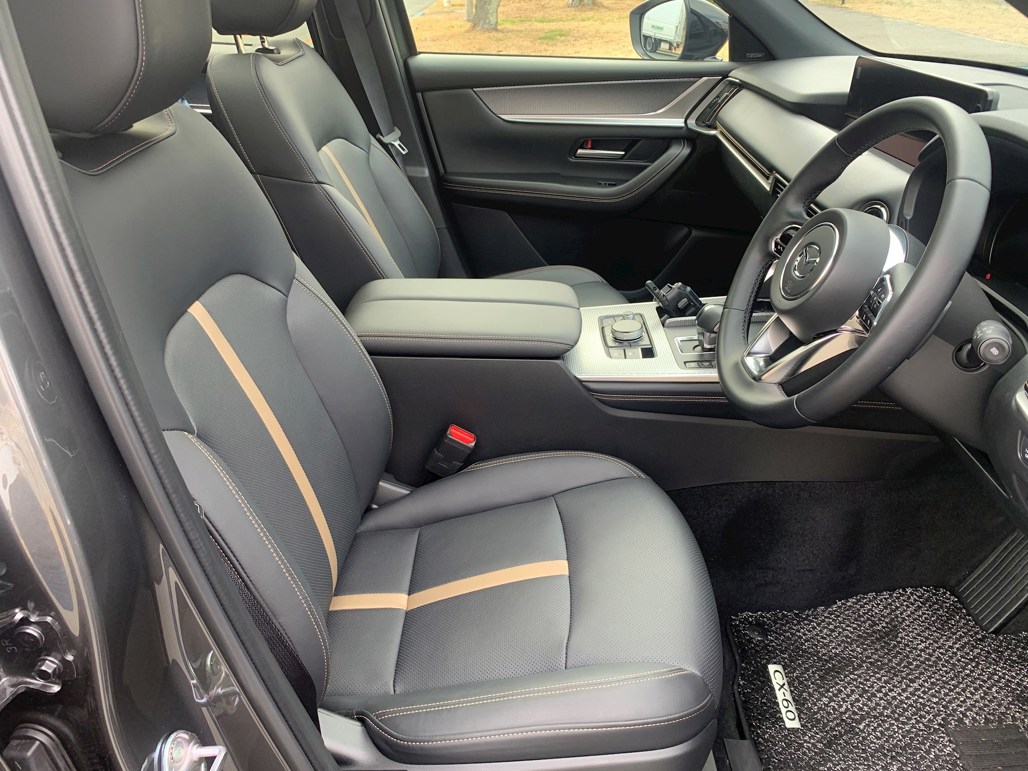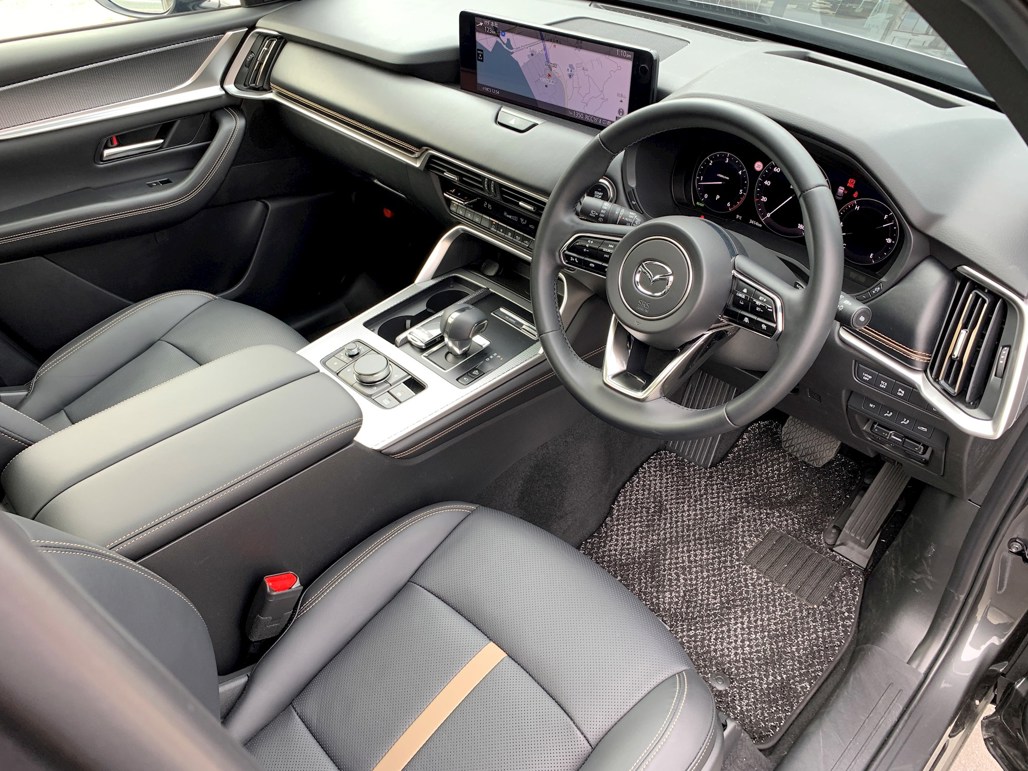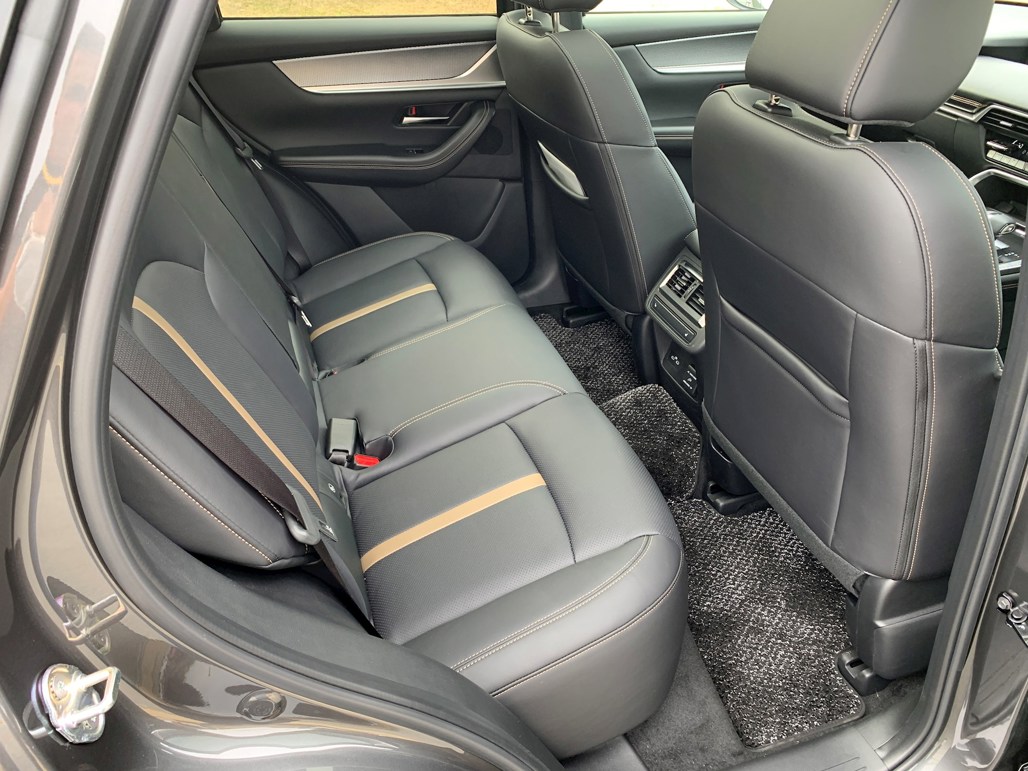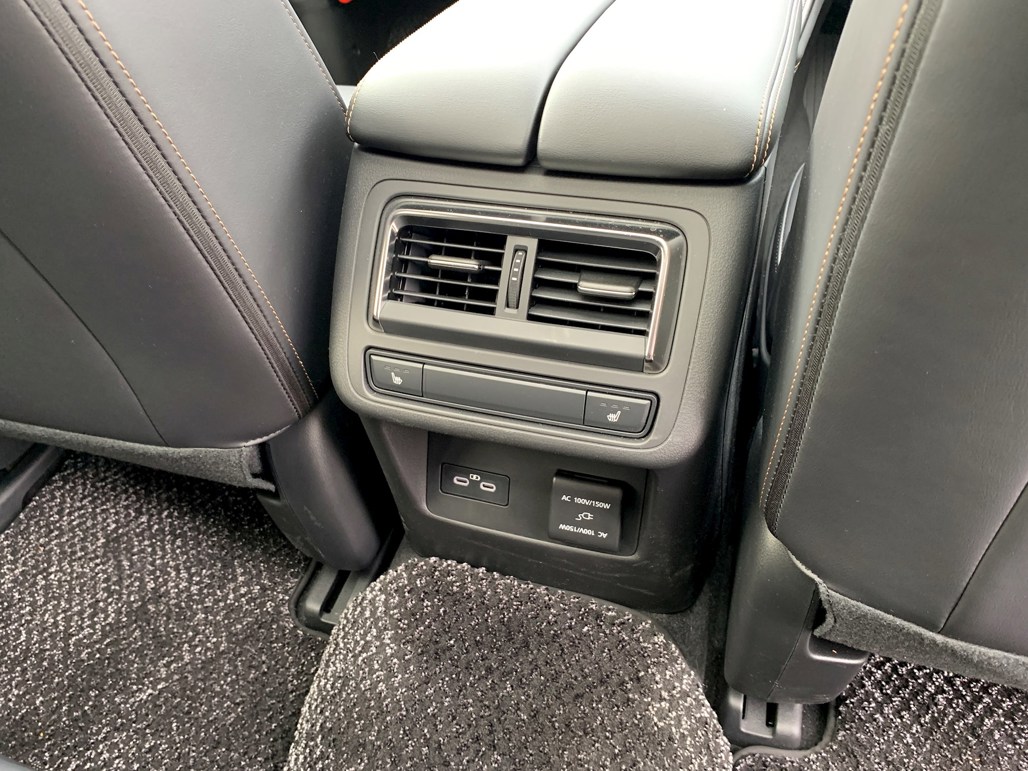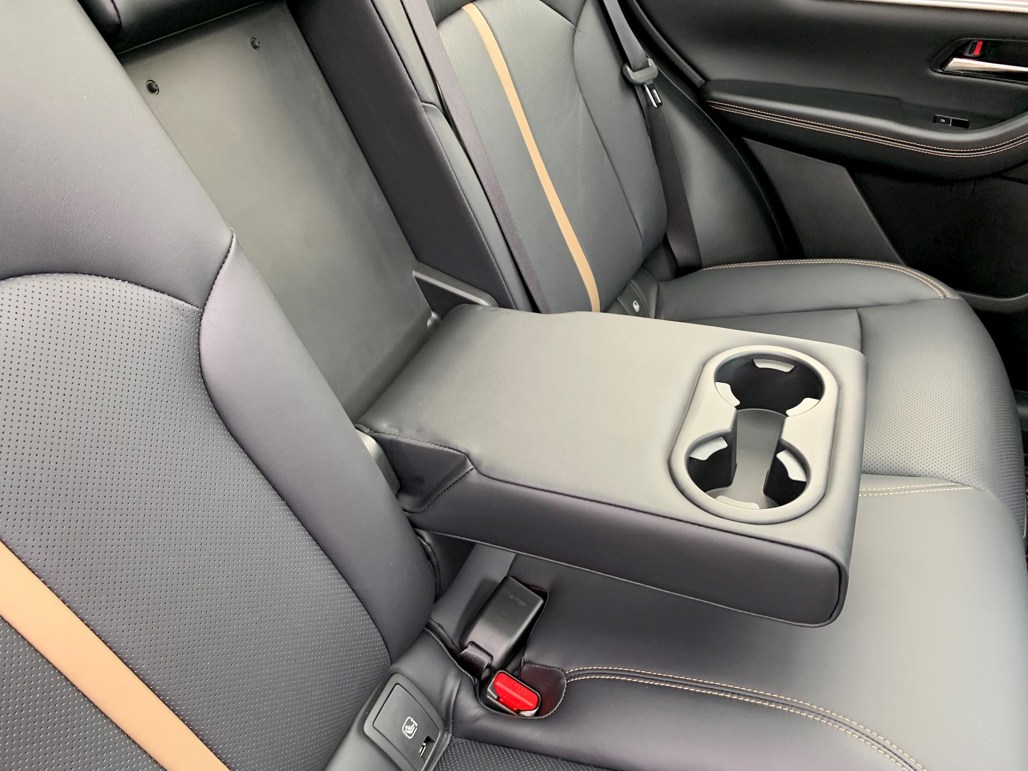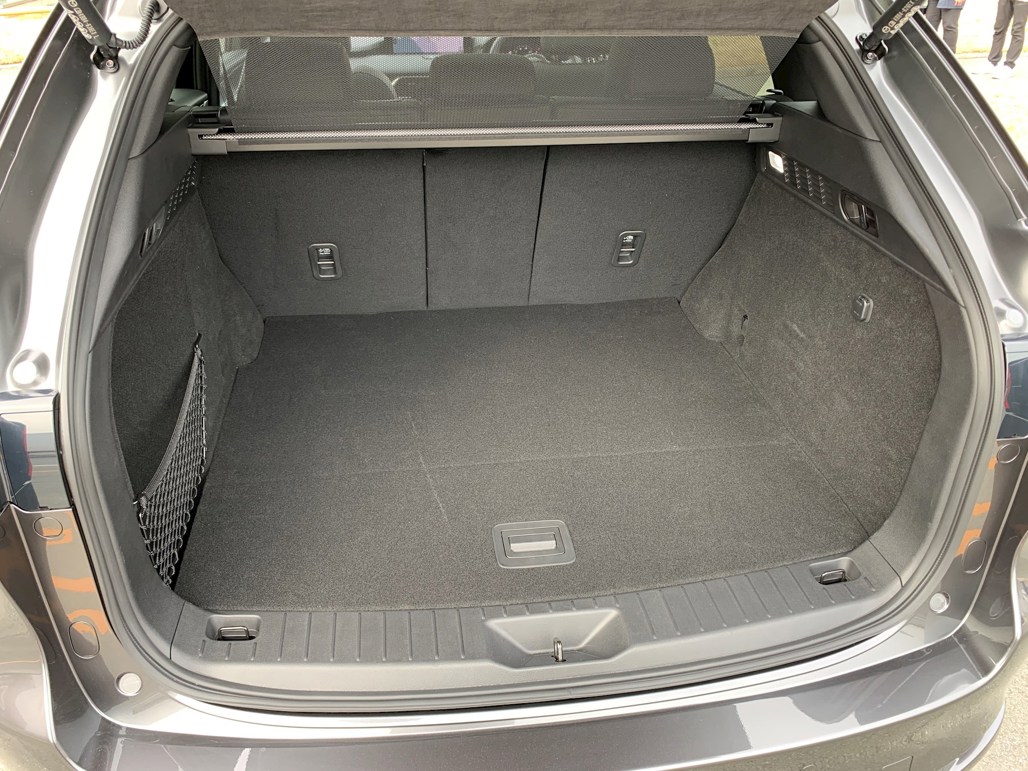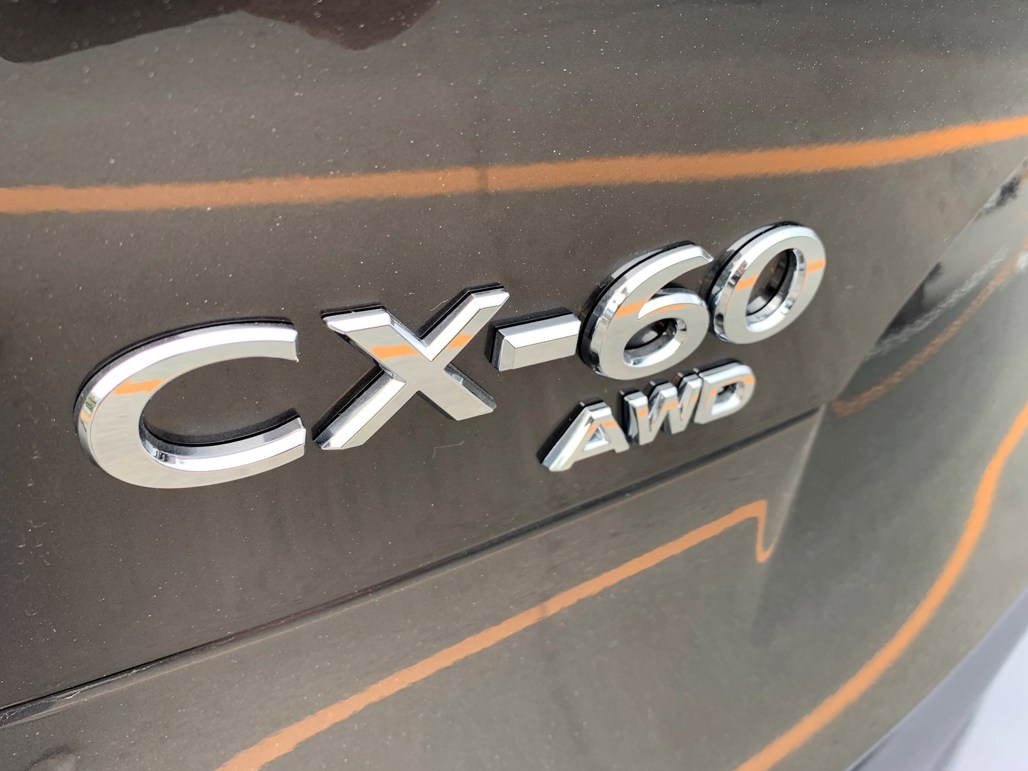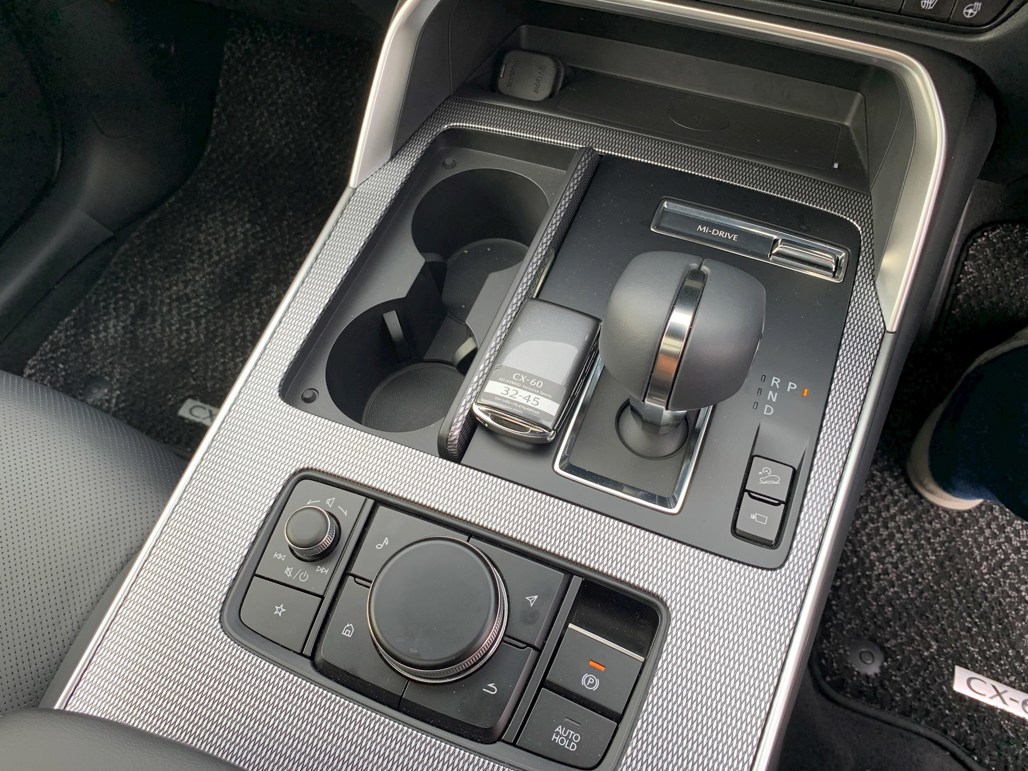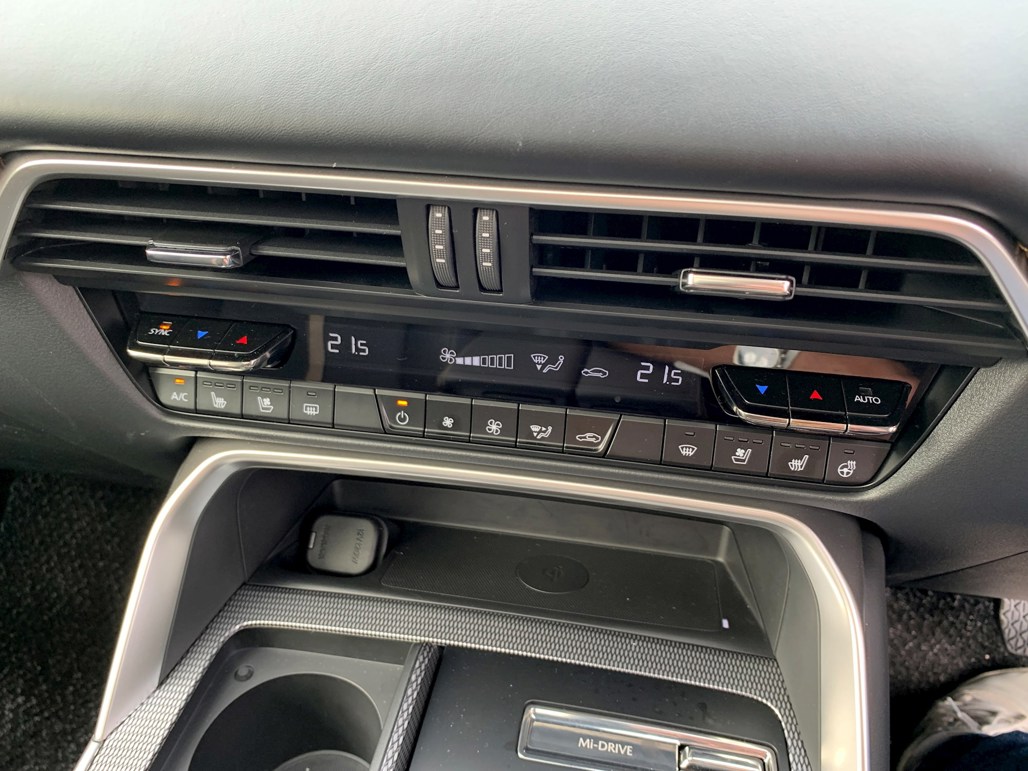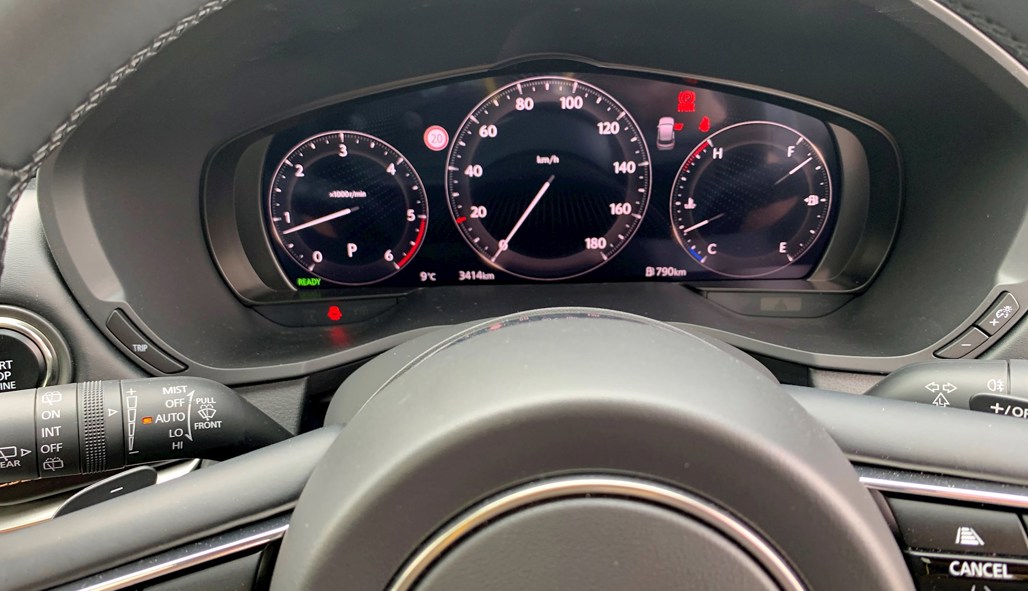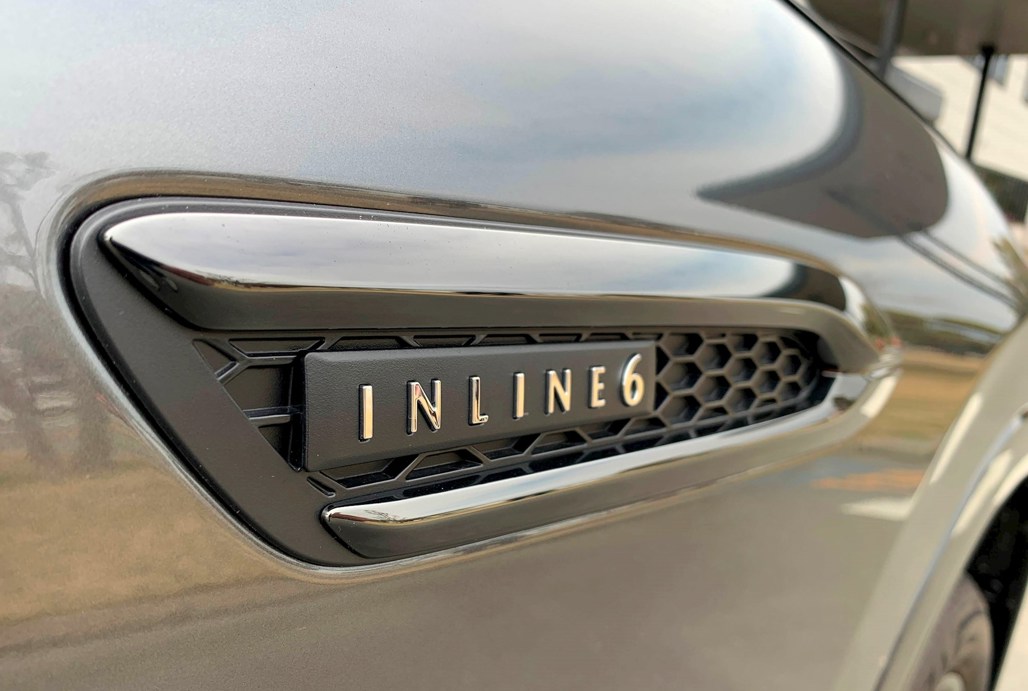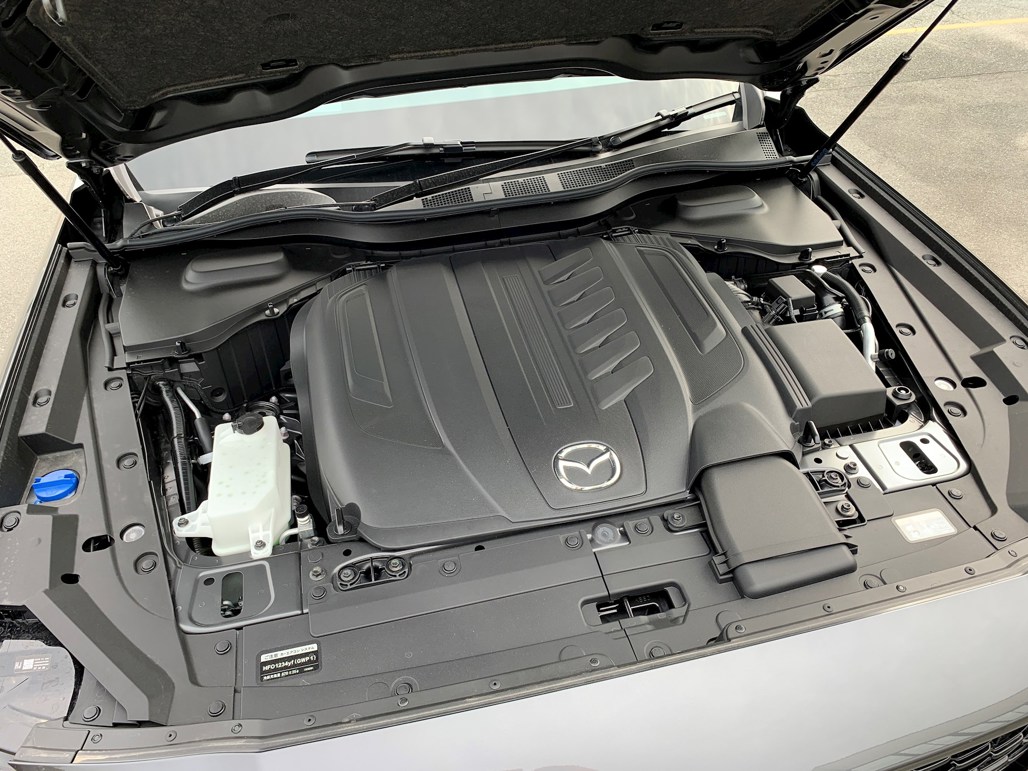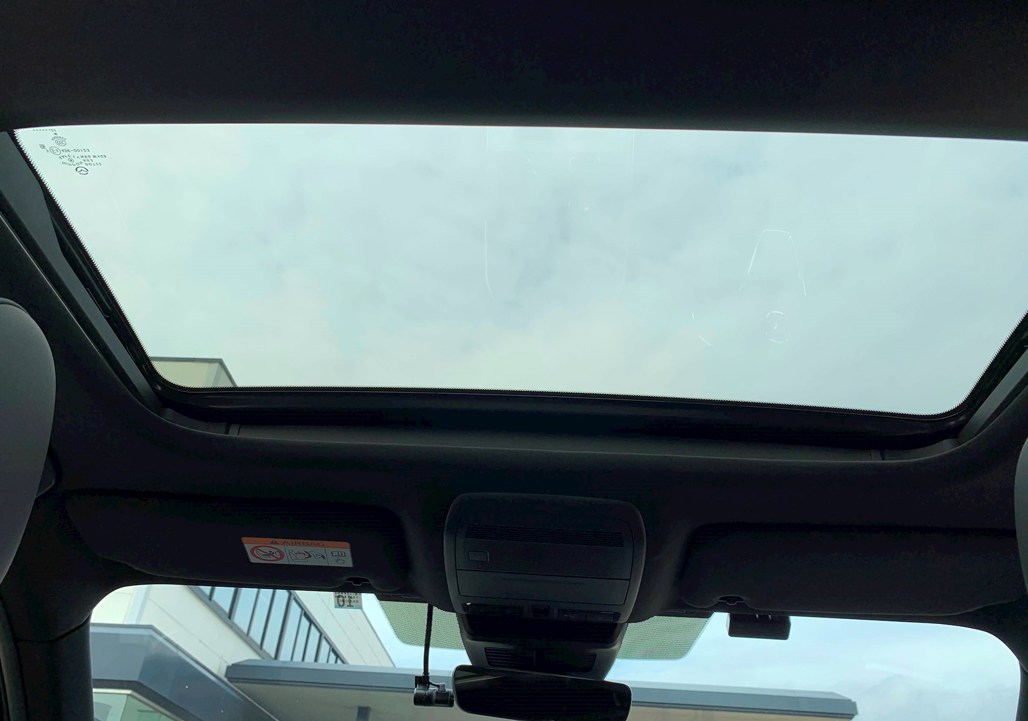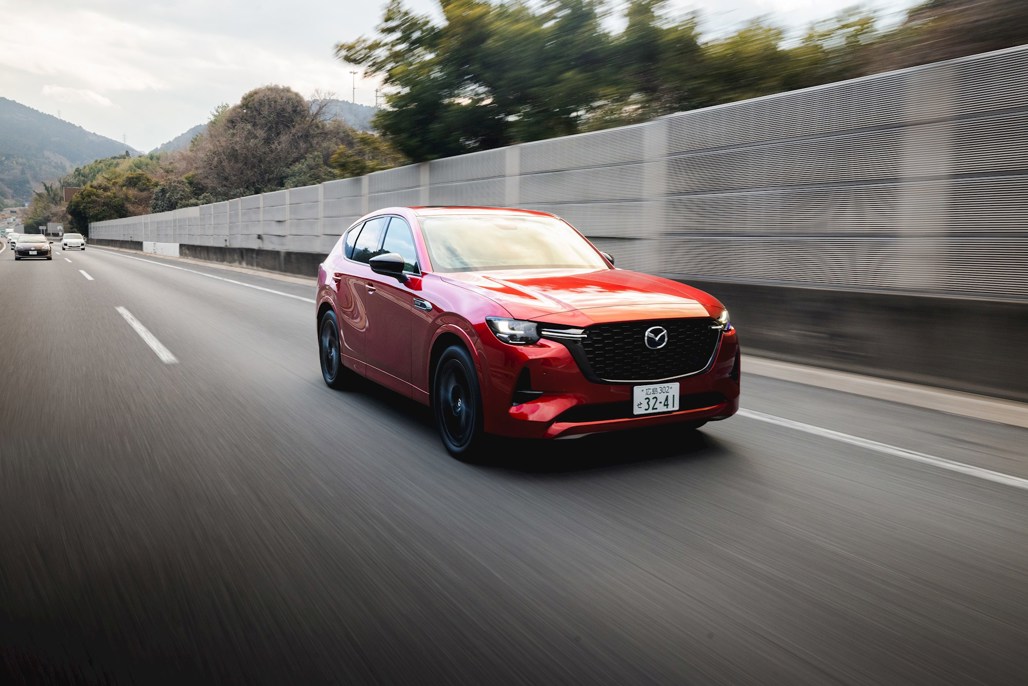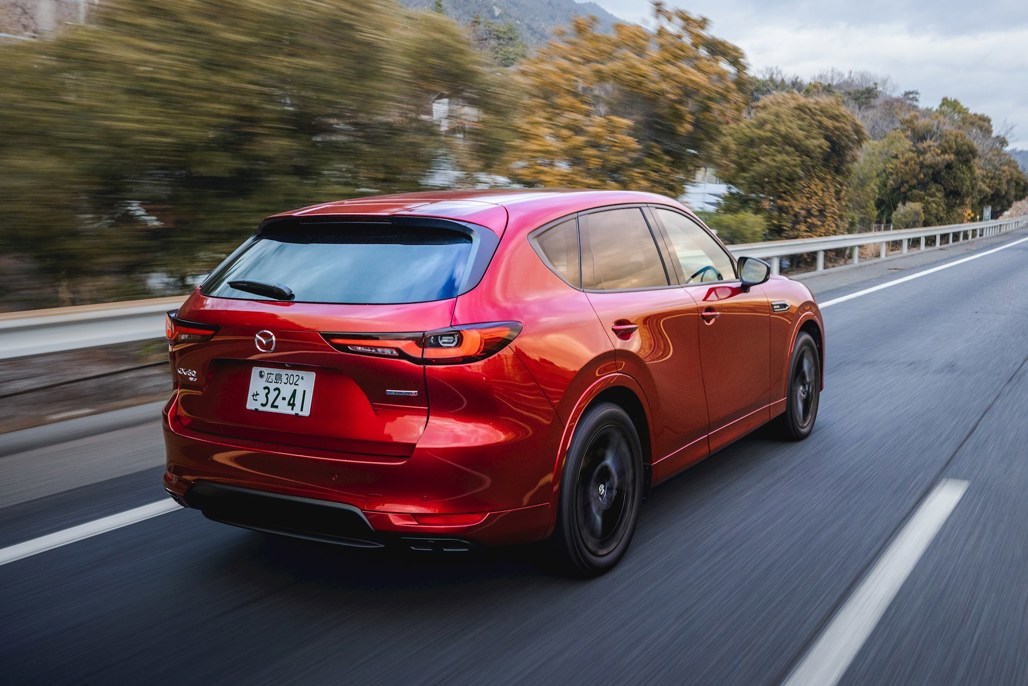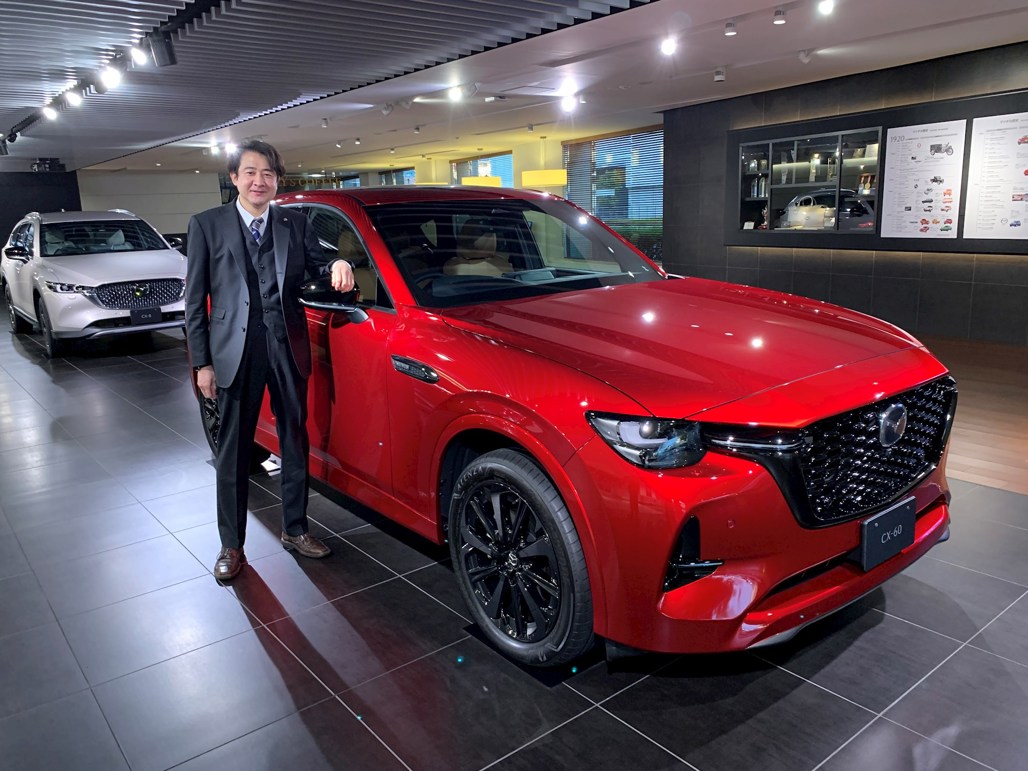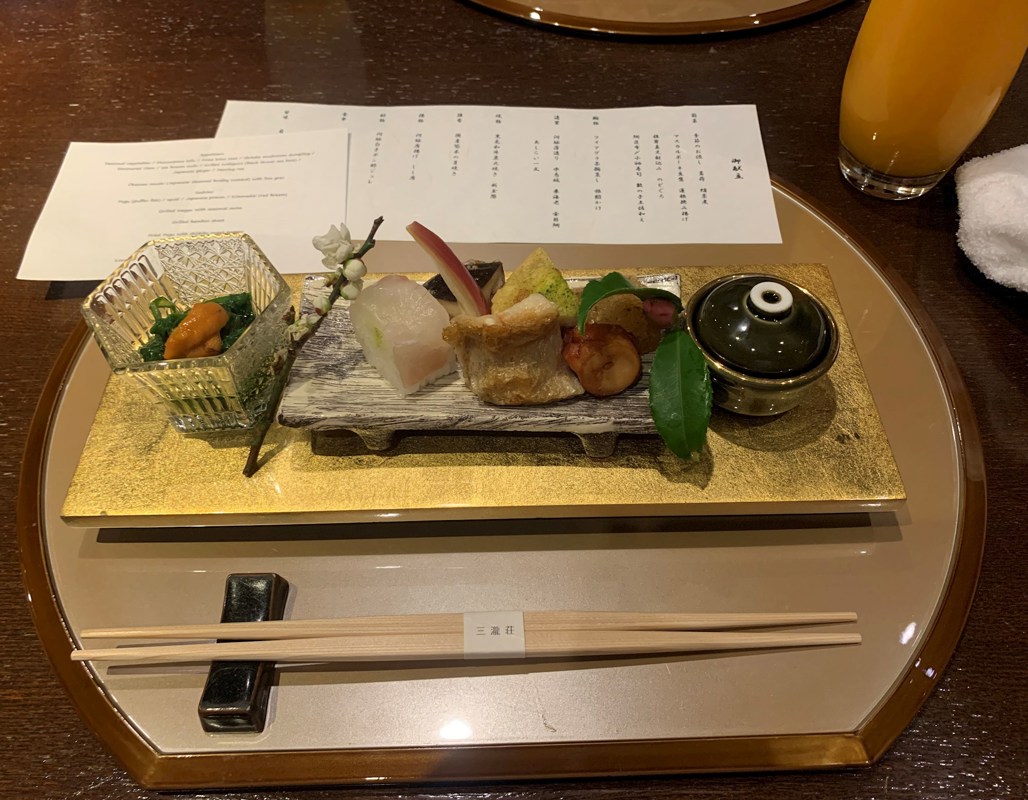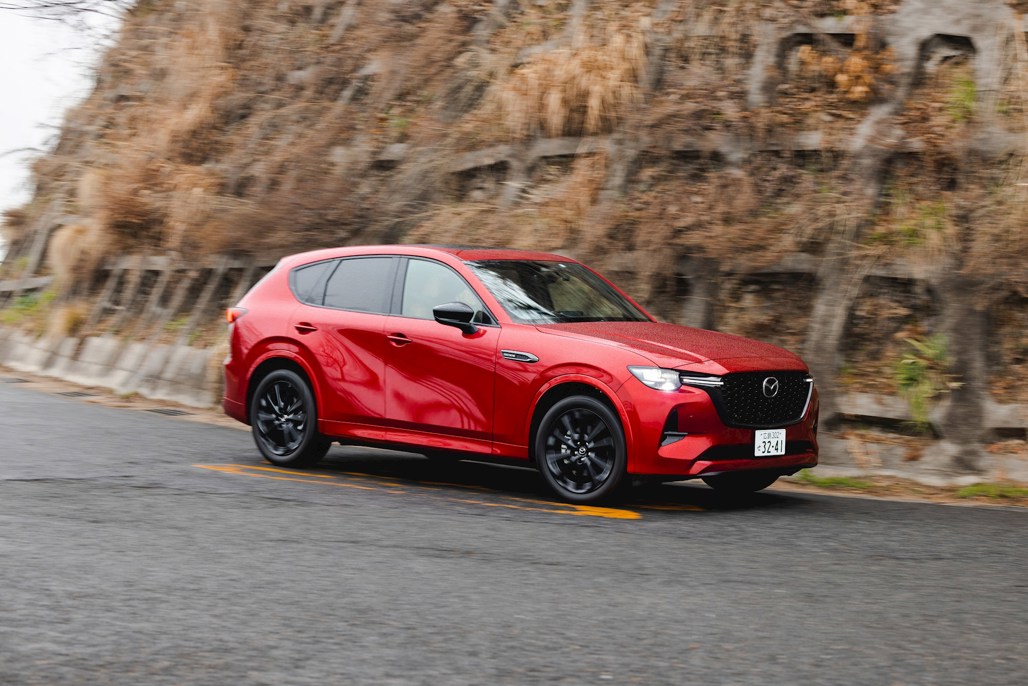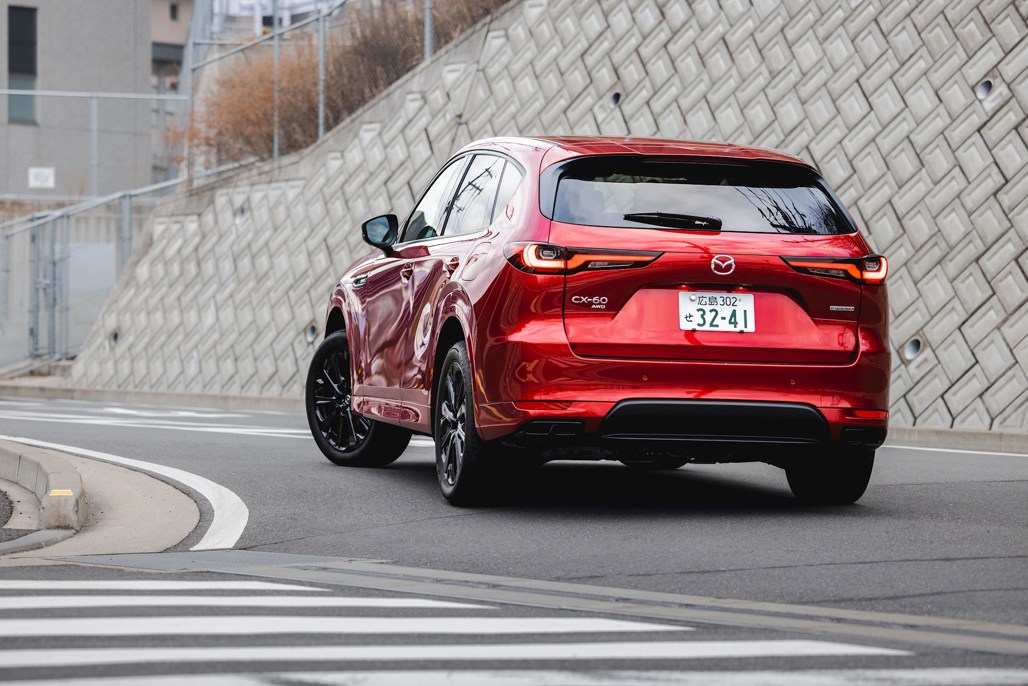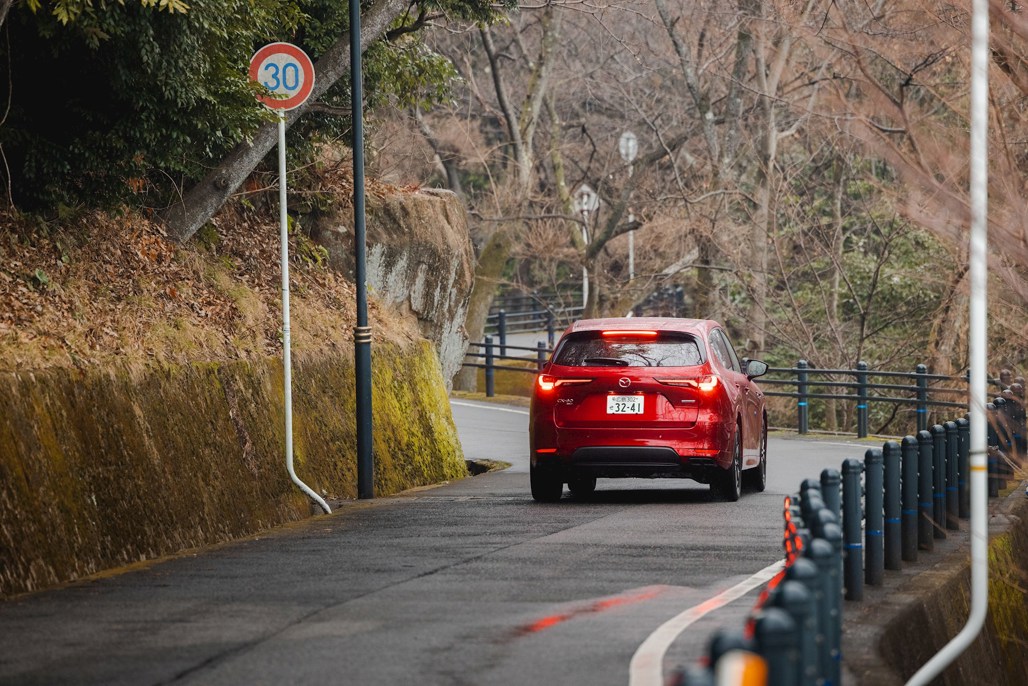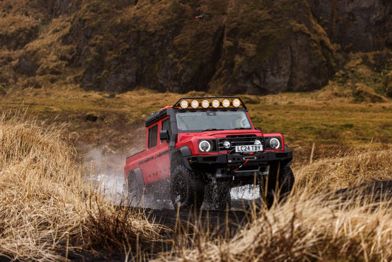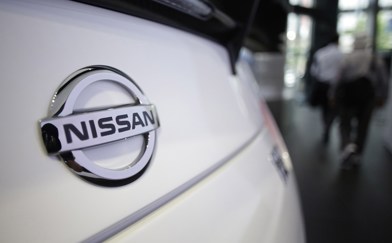For a company famous for its history and heritage and rotary engined sports cars, Mazda has found a way to make a great SUV recently. And as we watch multiple models roll down the Japanese factory production lines in Hiroshima and Hofu, the emergence of the CX-60 heralds a new era, one of transitioning, evolution - and even a little uncertainty - for the Japanese brand.
After a few hours in the new CX-60, the future looks bright for the brand, not just for those searching for a quality SUV, but those resistant to sudden change. Petrol engines are still with us, still popular and still impressive for anyone with a modicum of driving passion, and with continual enhancement and refinement, via Mazda’s SkyActiv engine development branding, becoming greener and eco-friendly at the same time. We covered this recently, highlighting that the CX-60's new 3.3-litre petrol six-cylinder uses less fuel than the CX-5’s 2.5-litre four.
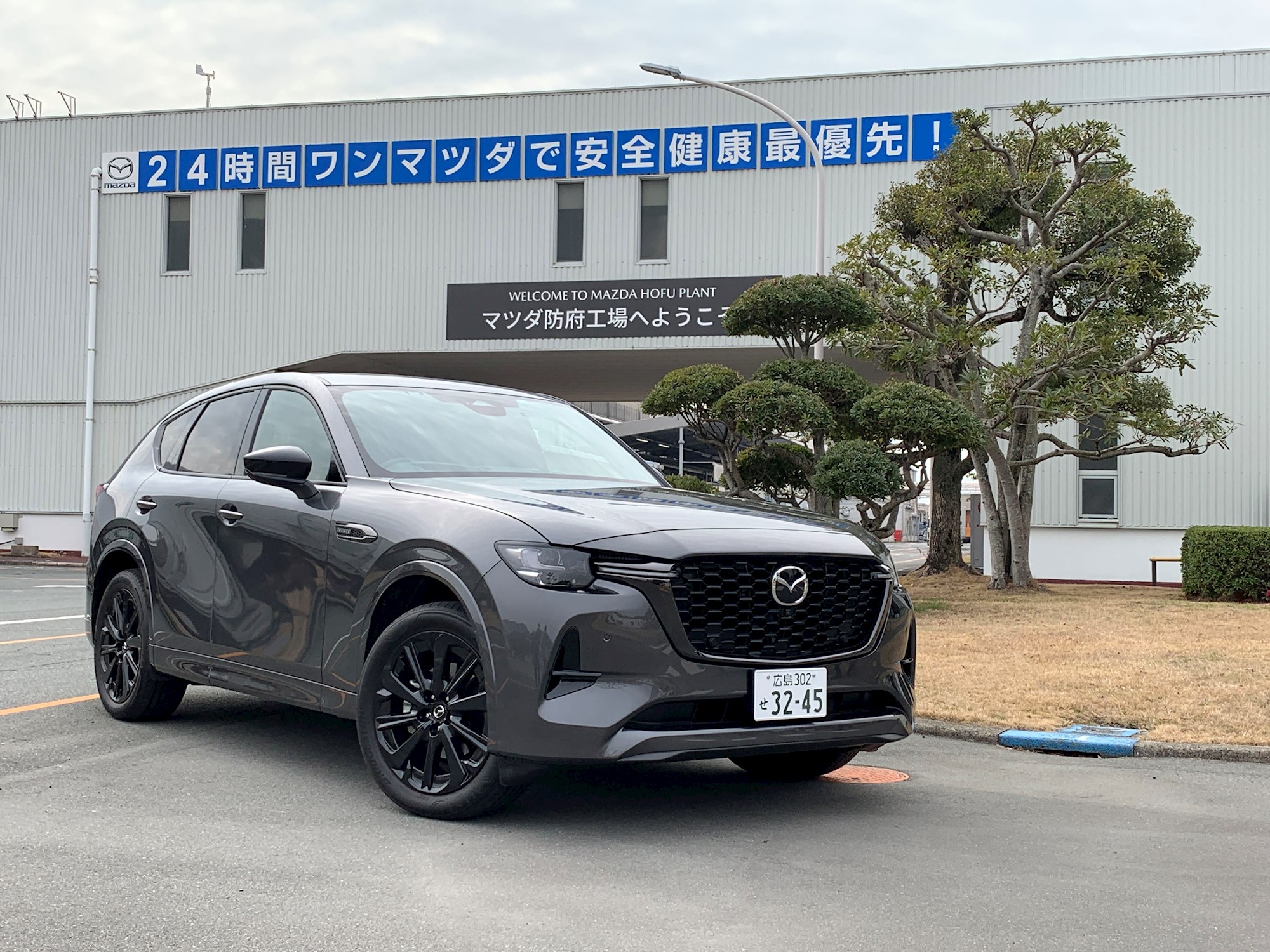
Comparisons with the CX-5 come thick and fast. The CX-60 will not replace the successful CX-5, but supplement it, being slightly larger and half-a-step up. And to keep it numerically neat as Mazda's range naming takes a gradual migration from single numbers to double-digits (MX-30, CX-30 etc), CX-60 is a little smaller than the CX-8 and CX-9, and of course, the impending CX-90.
Far from NZ, following a smooth 11 hour flight and a superb four-hour ride on the Shinkansen bullet train to Hiroshima, we land at the home of Mazda, a cork manufacturing brand founded in 1920, and vehicle manufacturer since 1931.
While not specifically here to fully review the CX-60, it is the foundation for our trip, with the new SUV expected to arrive in NZ around mid-year. Final NZ spec and models are yet to be confirmed at this stage, but confirmed is the very old-school traditional platform and layout: front-engined, straight six-cylinder, north-south orientation and a rear-wheel drive platform. While the CX-60 is indeed an all-wheel drive, the platform does offer the ability to be rear-drive for traditional, inherent sports/race car dynamics - though Mazda NZ says a rear/2WD model is not part of initial consideration or launch phase.
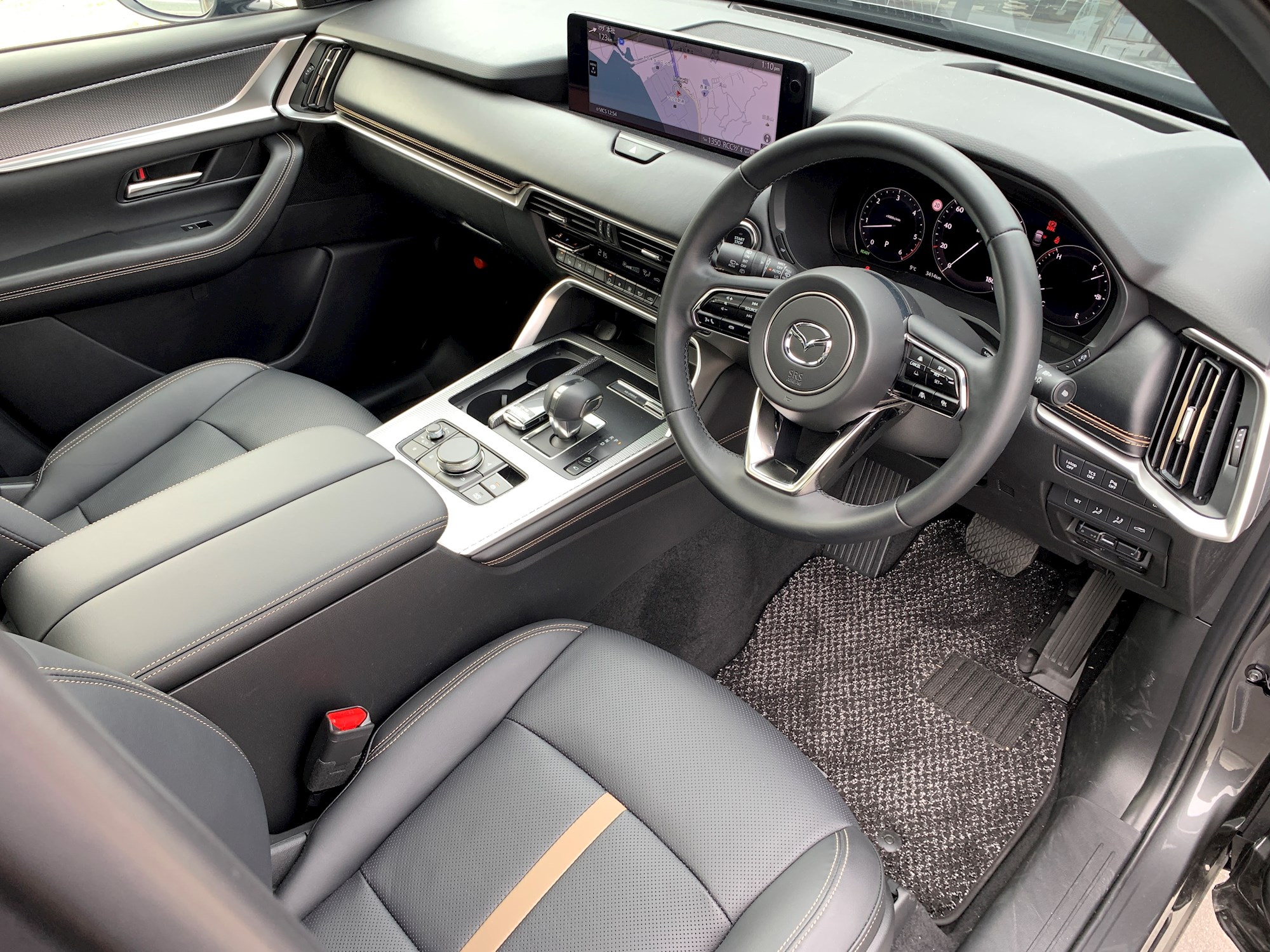
Petrol, hybrid and plug-in hybrid models are almost a given, however, reinforcing Mazda’s love of efficiency and petrol engines, and the decreasing demand for diesel.
The brand new CX-60 is the first vehicle out of the new ‘large product group’, with rear bias and a new 3.3-litre inline six-cylinder, a layout known for its smoothness. Though diesel is offered and the model we drove, we would speculate seeing both the 3.3-litre petrol turbo six-cylinder with 48v mild hybrid, and the 2.5-litre petrol turbo four-cylinder with plug-in hybrid (PHEV) bound for NZ.
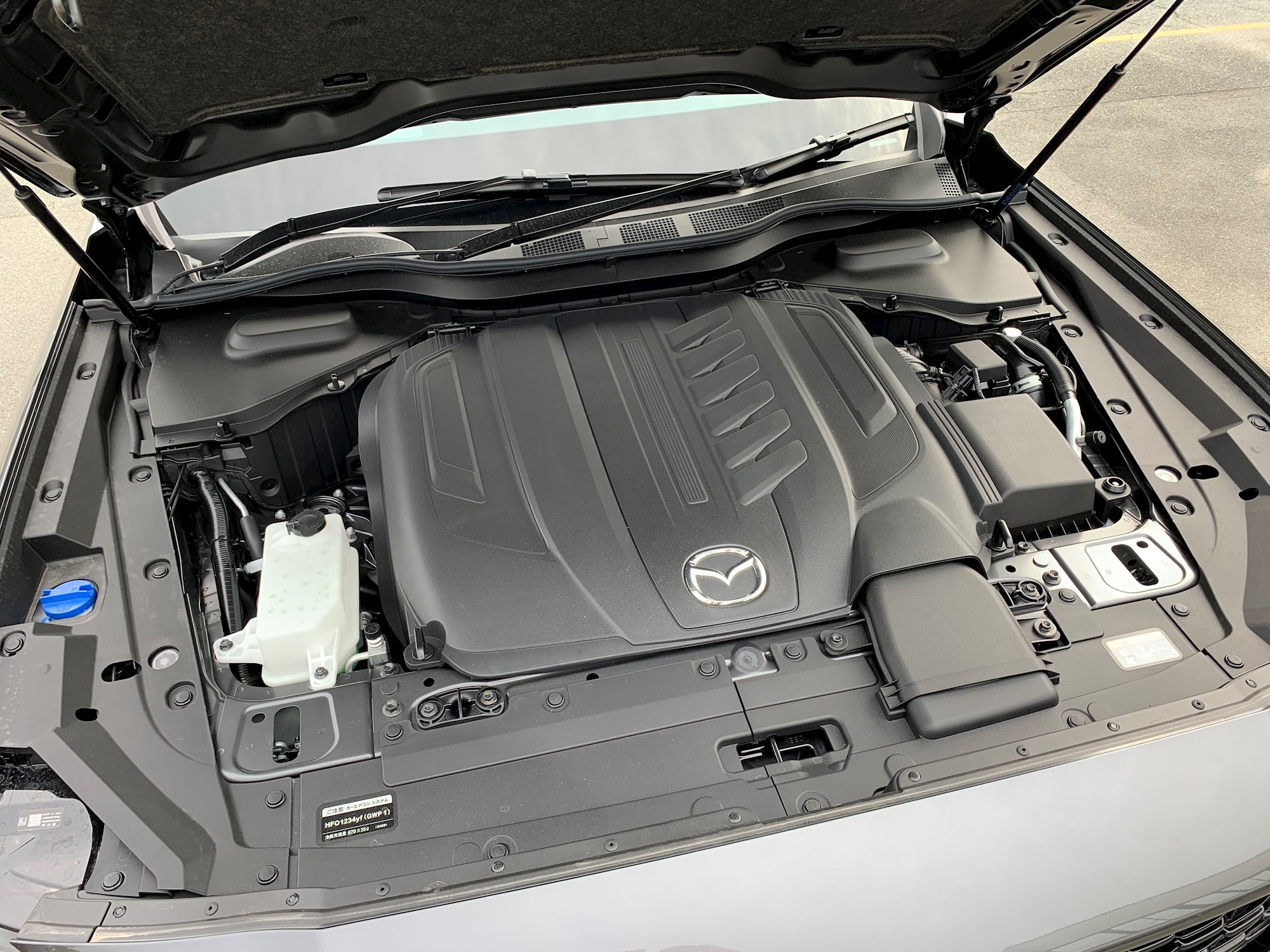
Continuing Mazda’s Kodo design less-is-more philosophies, designed by Makia Tamatani (pictured next white CX-60), the mid-sized CX-60 is inspired by the beauty of a running cheetah; the wheels are pushed out to all four corners, while the passenger cell glasshouse is positioned more reward than conventional SUVs, with the front seats virtually at the CX-60's mid-point. This creates a long nose look and rear-weight appearance, for a rather sporting style (for a three-box SUV shape), with more upright surfaces. This also presented some challenges with the rear seats potentially located over the rear wheels, countered by pushing the wheels further back, helping design and ride comfort by keeping the balance point in the middle, almost 50:50.
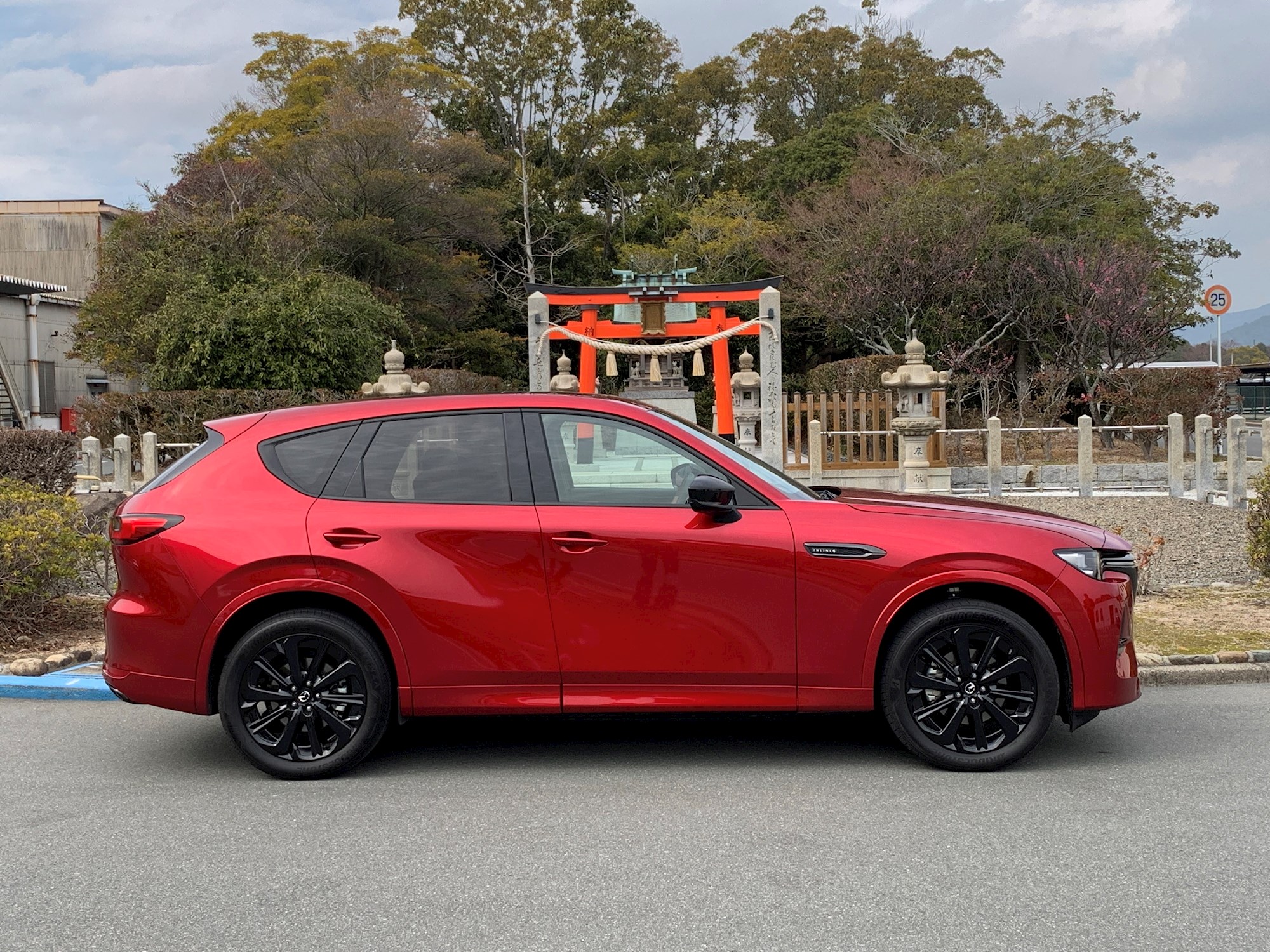
And while the explanation was very intricate and complex, the CX-60’s ride comfort is designed to maximise ride-quality and comfort and eliminate the bouncing effect for all passengers. It’s one of those aspects most noticed by not being noticed at all.
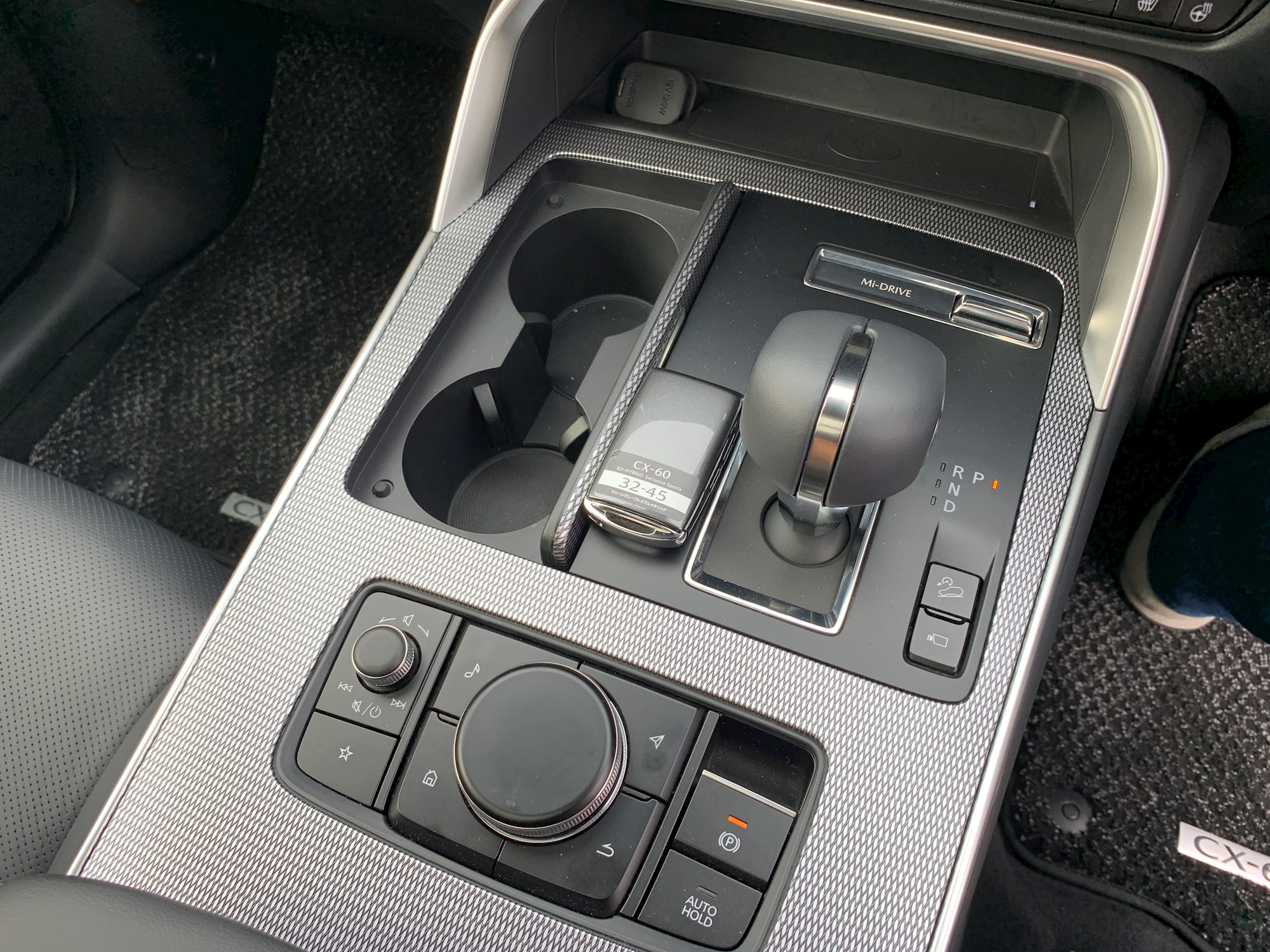
Fitting neatly with Mazda’s numerical nomenclature, the CX-60 is indeed one step up from CX-5, but also in a level of class across four key areas, says Tamatani, pointing out the attention to details of the chosen materials, consistency of 3-4mm panel gaps and the driving dynamics. Lately, Mazda’s have been known for their stunning interiors, and CX-60 steps it up over the already good CX-5, with a swooping design and wide instrument panel designed to emphasise strength and speed.
Three other factors relate to Japanese aesthetic, with four key design aspects – Ma, Kaiocho, Hacho and Musubu - using elements such as both matching and contrasting materials, as well as Mazda’s ongoing Jinba Ittai oneness with car and driver ethos. For Takumi, it’s basically attention-to-detail and fine craftsmanship, such as fine stitching and premium material feel, and a less-is-more philosophy, from headlight to taillight.
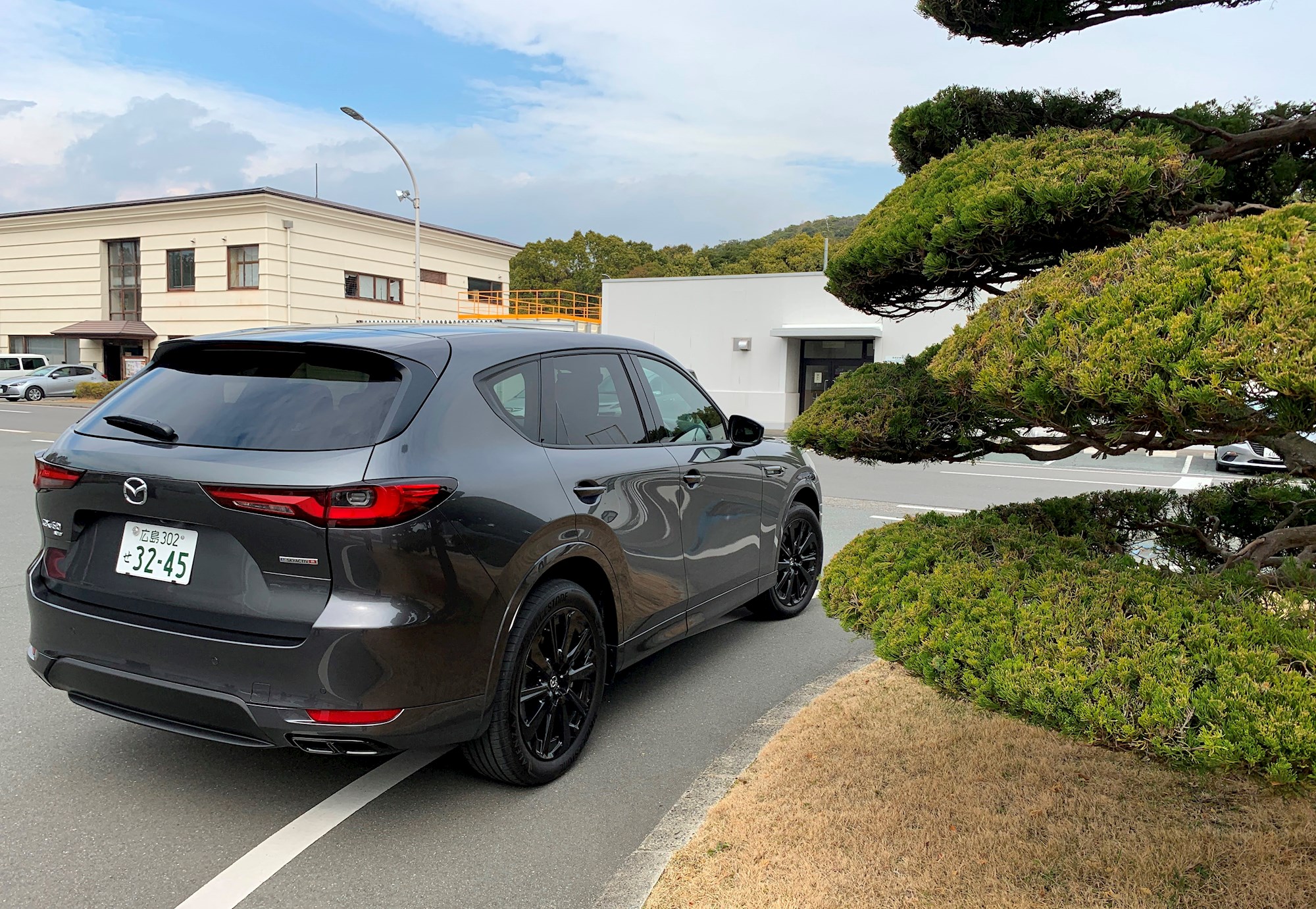
The body looks and feels thicker than a CX-5, particularly appealing in Mazda’s signature Soul Red or a new Rhodium pearlescent and Mica Snowflake pearlescent whites, with its longer headlight eyes giving it a wider look and more aggressive, modern feel.
Following a tour of the new Mazda museum (separate story) and the Hiroshima plant where MX-5s roll down the line with CX-3/5/8/9 and CX-30, plus Fiat/Abarth 124 Spider, we depart for a drive of the CX-60 with a special destination: its birthplace.
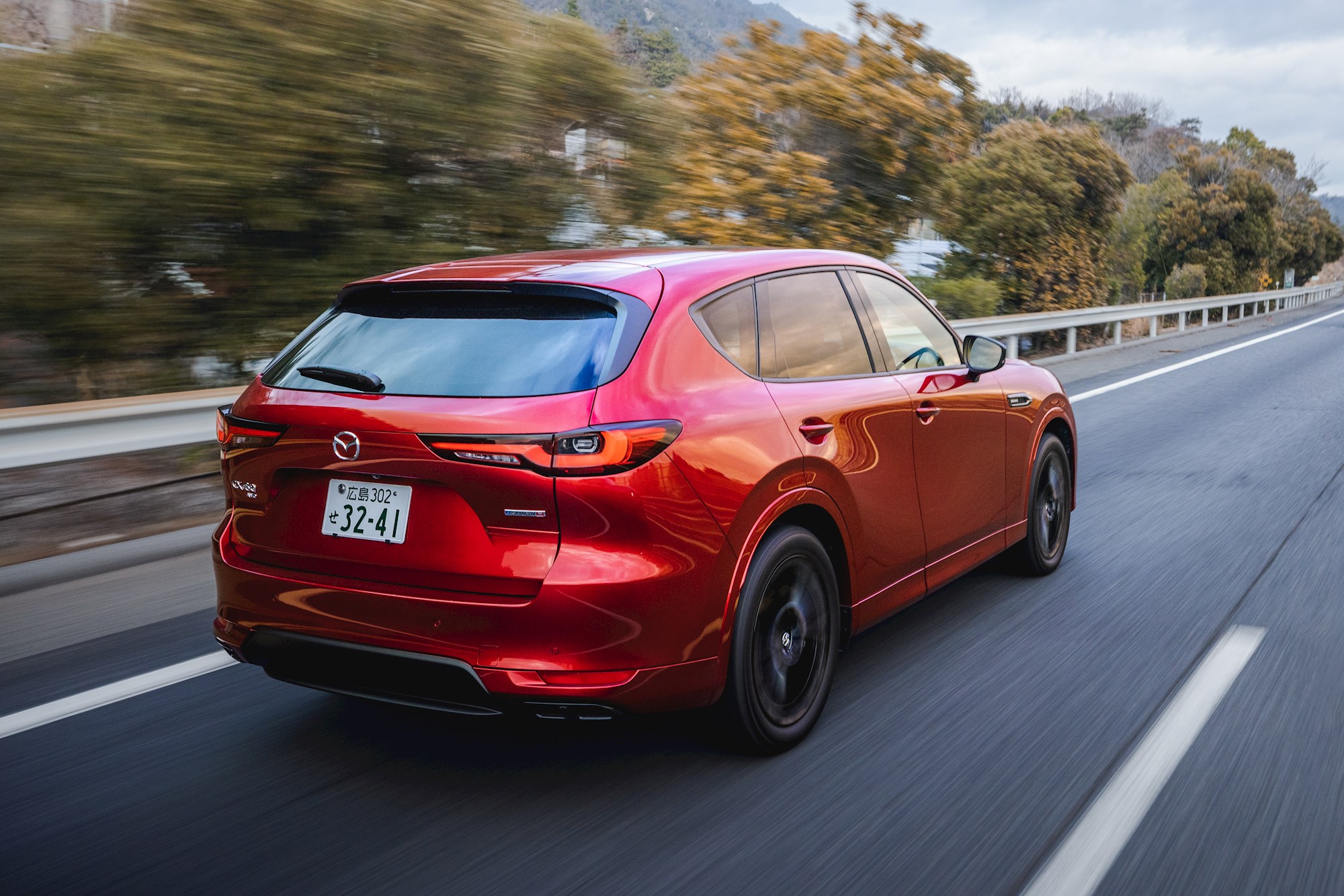
Behind the wheel of the CX-60, it’s immediate and obvious and familiar. Almost everything is where it’s expected to be in a Japanese interior, with soft-touch materials, buttons that click with just the right sound and feel, vents that move with the right amount of resistance, a mildly configurable but clean white-on-back digital dash, large 12.3-inch screen and attention-to-detail mixed with the utmost functionality. Though there is one oddity: the gearshifter moves with an unusual gate, sideways between park and reverse before shifting forwards/backwards to/from drive... which takes time to initially acclimatise.
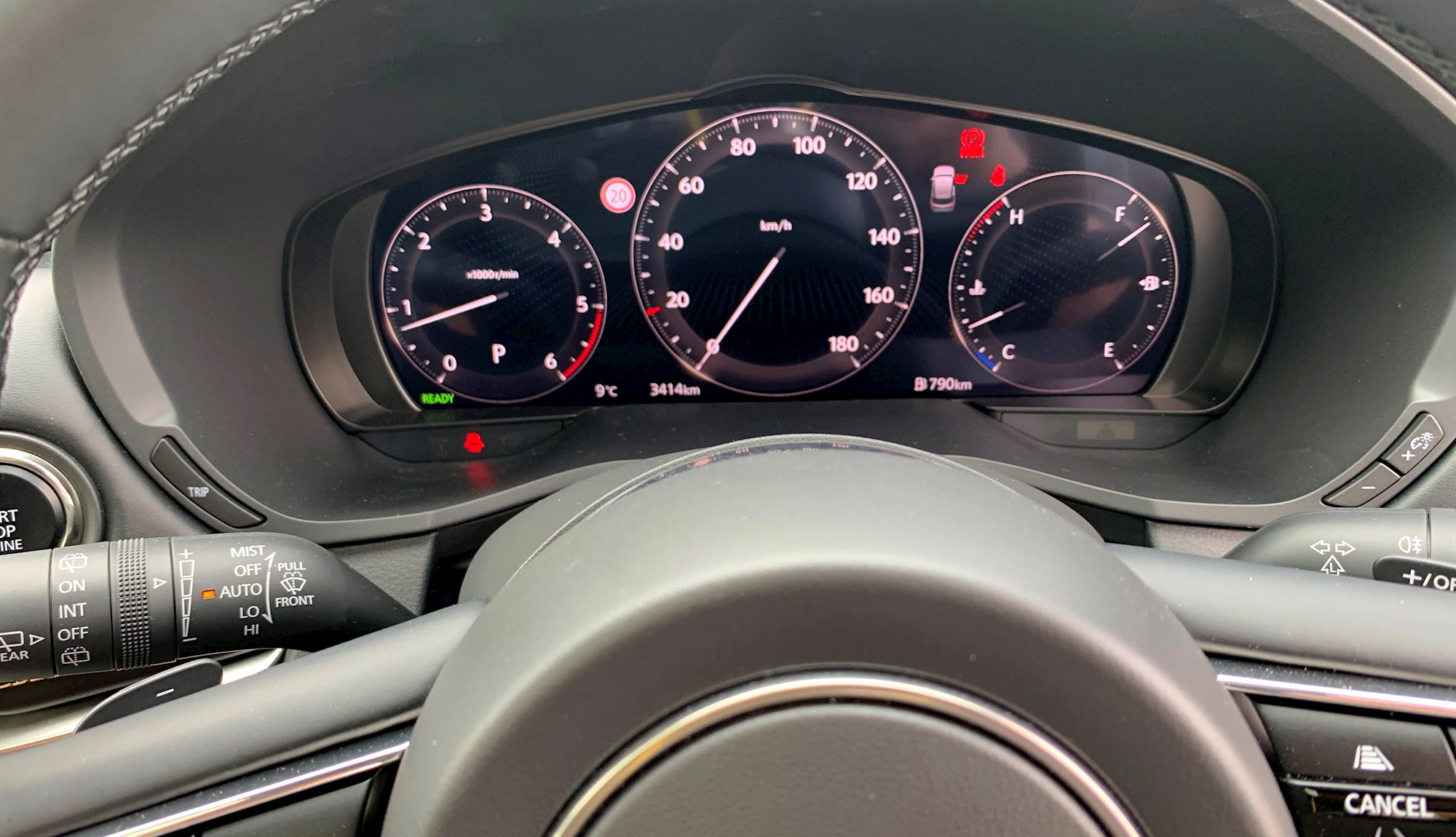
Mi-drive is also a feature that NZ might also get, which offers five different drive modes: normal, sport, off-road, towing and EV, to tailor its drive characteristics to specific conditions.
According to Kohei Shibata, Program Manager, Product Division (pictured next to red CX-60), the CX-60 is a refinement and evolution: “It’s smoother, with more intuitive acceleration,” he says. “The new 3.3-litre engine is bigger capacity while remaining fuel efficient… [it was] the most efficient displacement.”
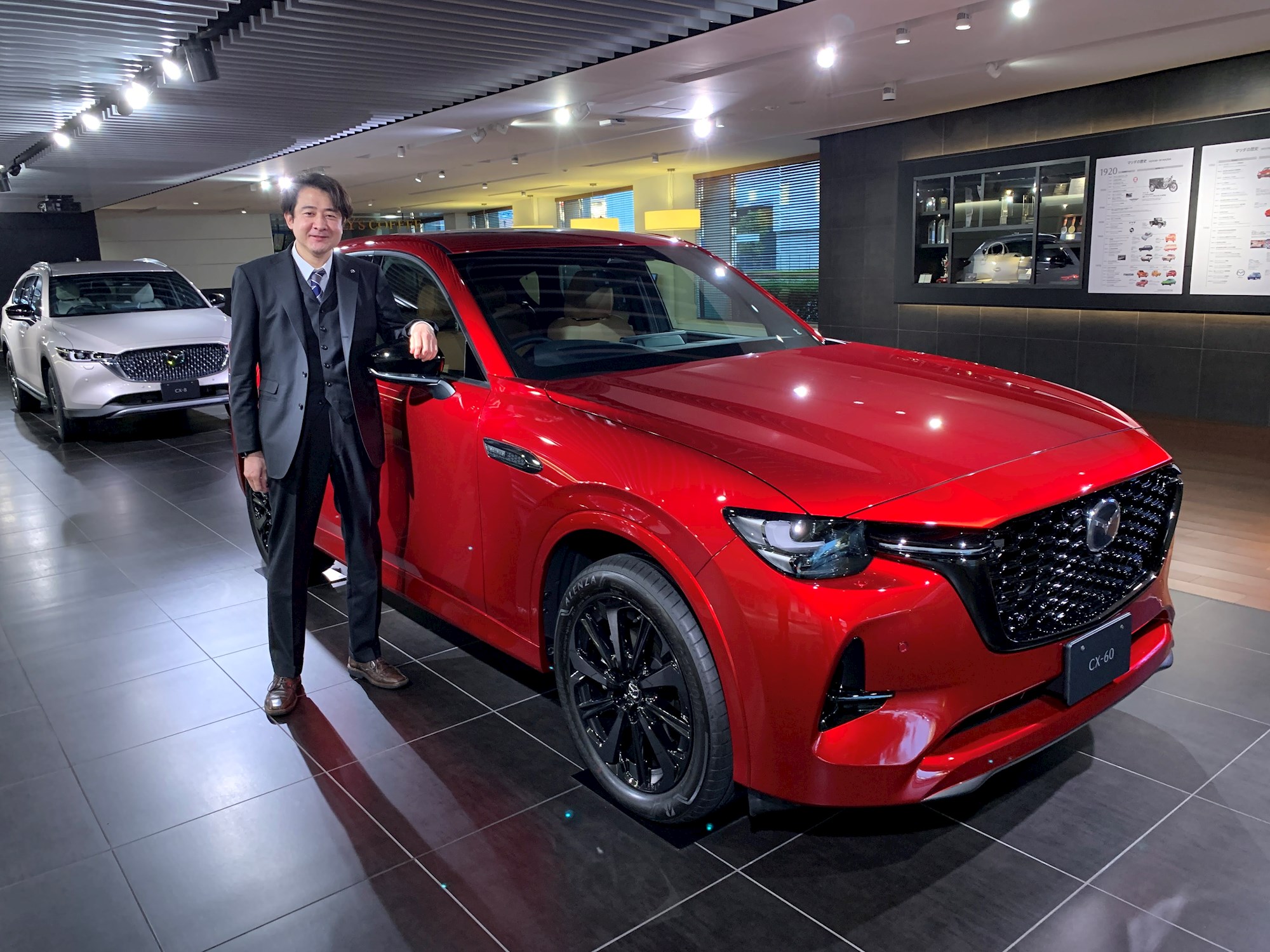
Though we didn’t get to experience the petrol versions, NZ demand suggests both it and the petrol hybrid models are the most logical choices for our market, using SkyActiv-G, with a 48v mild-hybrid system offered, along with plug-in hybrid PHEV models, through an eight-speed automatic devoid of a torque converter (ie: more reactive). Exact engine/powertrain combinations for NZ will be announced soon.
“Driving is fun,” adds Shibata. “On the highway there are certain areas where there is less bouncing for front and rear passengers leading to less fatigue and other aspects not normally noticed.”
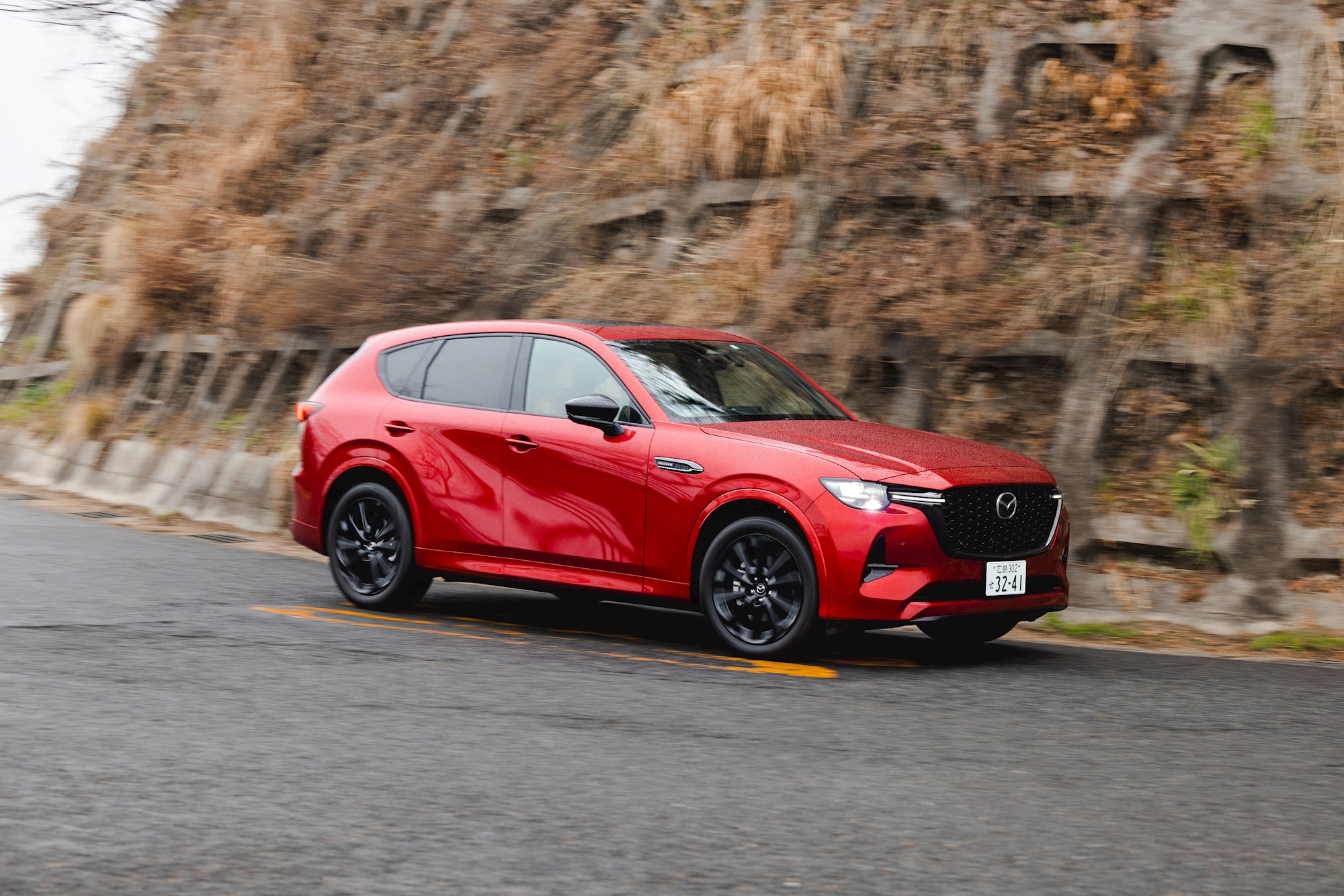
But he also recognises that Mazda’s heritage and DNA is about driving passion and enjoyment: “While I like to promote the all-wheel drive version [of CX-60]… the rear-wheel-drive driving feel is quite fun for the car enthusiast.”
It’s all inline with the evolution of Mazda’s current range, and though we won’t talk models or spec just yet, until Mazda NZ confirms its models, the cabin and interior is almost ideal with a mix of tactile buttons, screen and rotary dial that falls to the free hand.
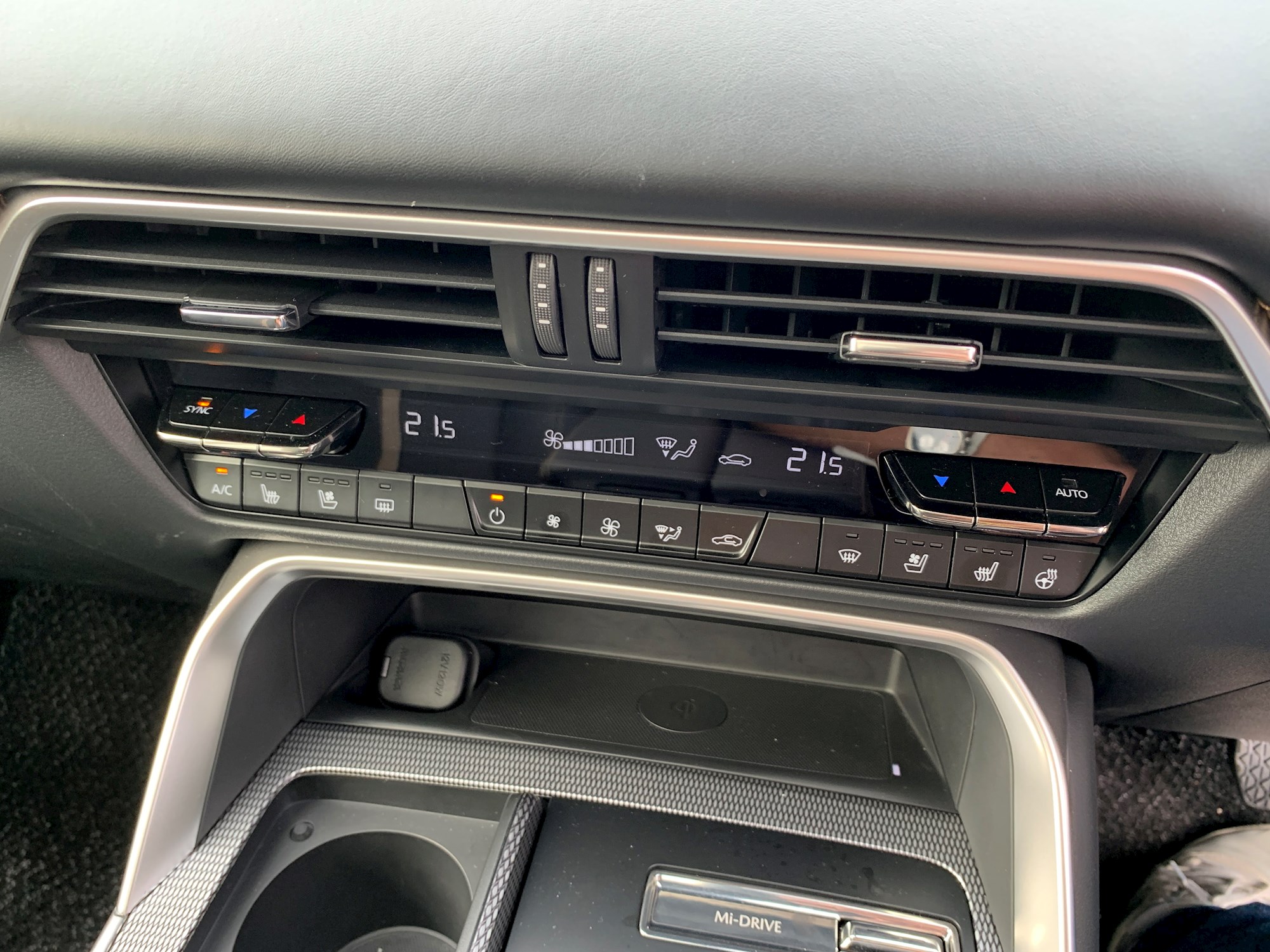
A quick 60-second rear seat test also proves spacious, with my 6-2 size fitting in nicely with room to spare, and no compromise, on nicely padded seats, with a fold-down armrest/cupholder, rear vents, USB-C and seat heaters in the high-spec model we drove.
Boot space, from what we saw, is rather large.
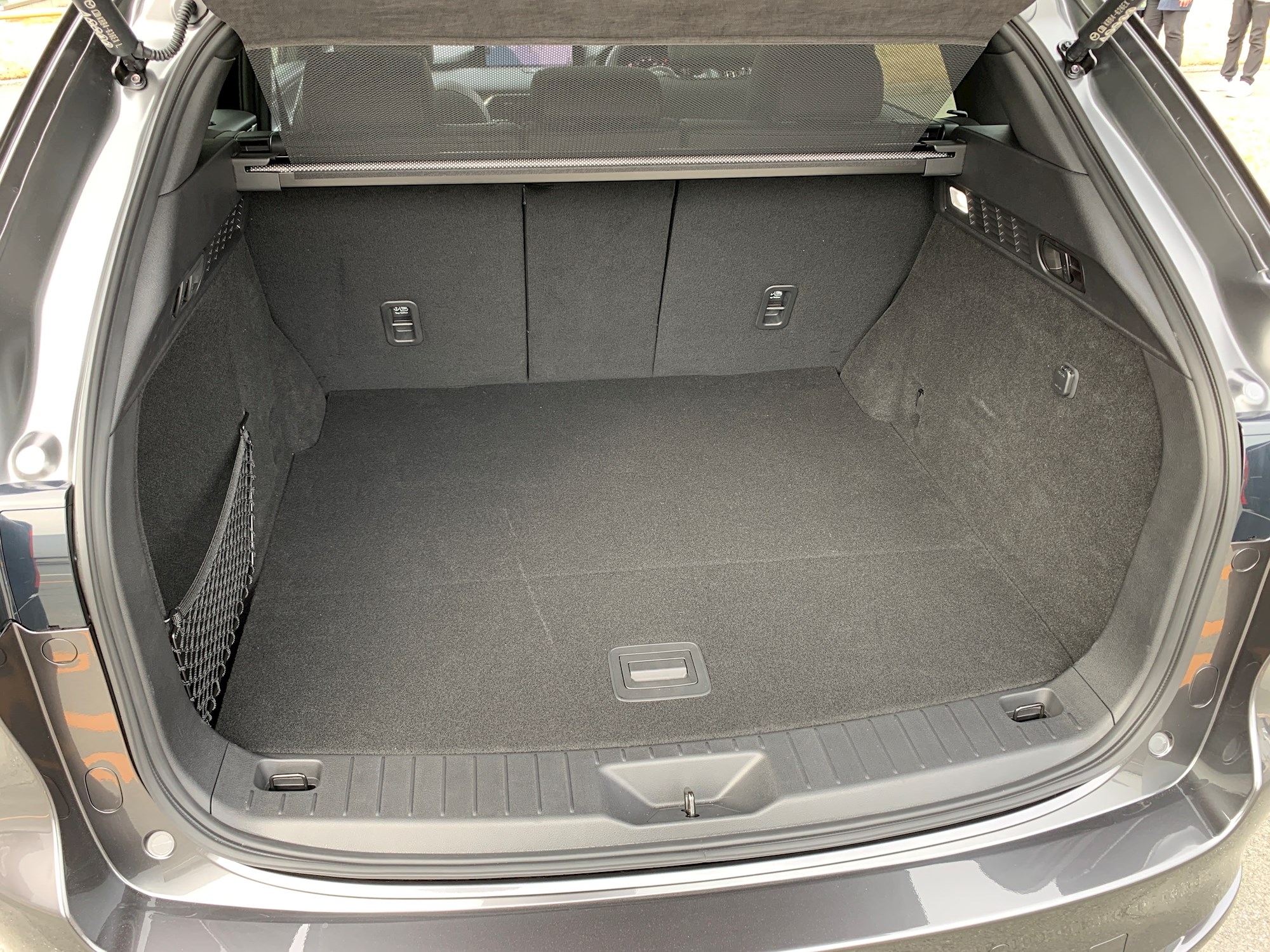
With basically an hour of driving on a Japanese 80-100km/h motorway, there wasn’t a huge amount of ability or time for chassis assessment or analysis , but we did find a short, winding road leading to a scenic peak over Hiroshima, with the CX-60 showing fluidity to its drive, and a slight rearward balance, resulting in its ability to offer light, agile turn-in with a feeling of reassurance. On the roads and speeds we were doing, it’s the best we got and we’ll reserve a full appraisal once it lands on local roads.
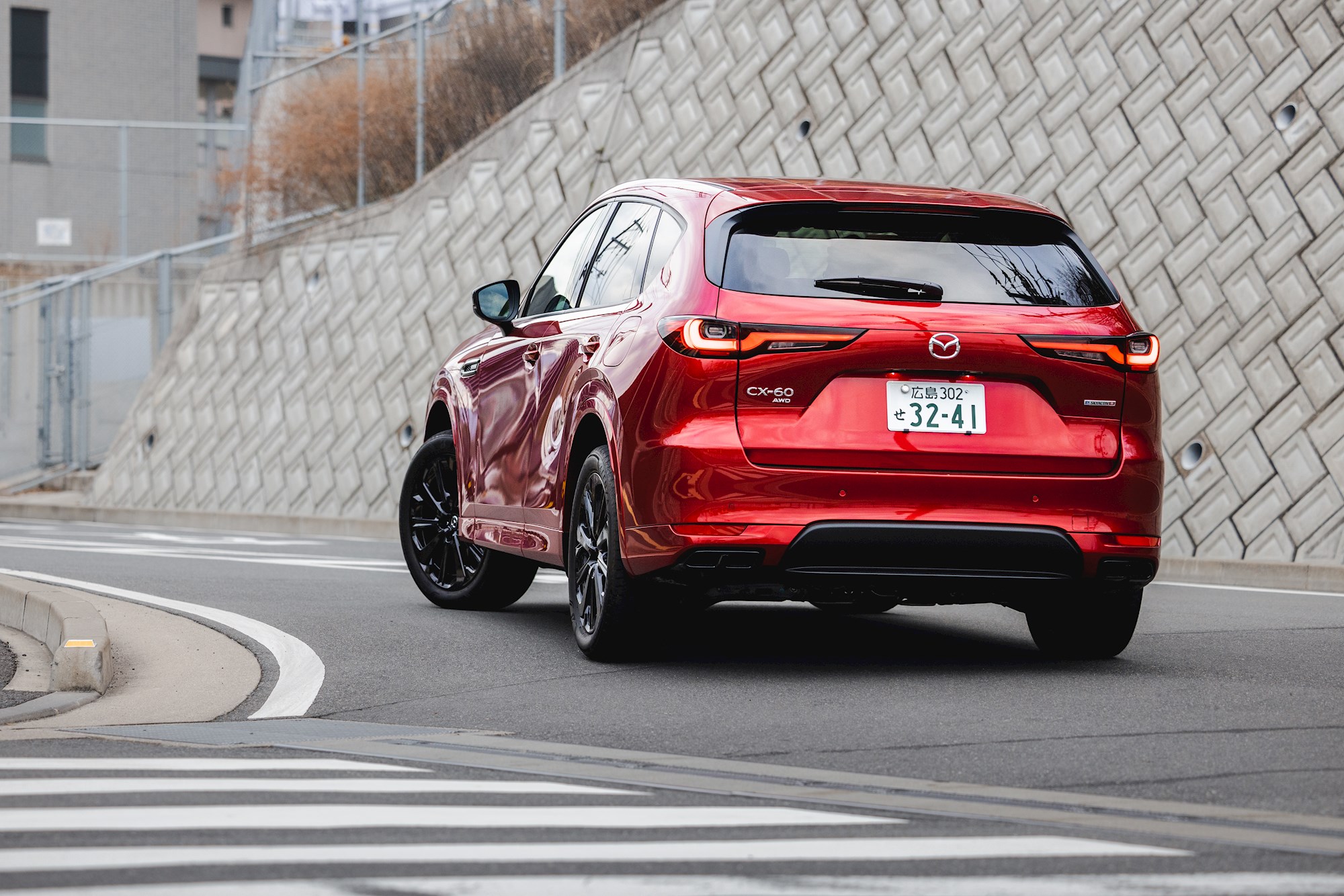
To quote Mazda’s designers, of CX-60: “We developed a new platform, that also feels like an extension of the human body: rear-biased AWD, very close to 50:50 weight distribution, and across all four wheels.”
Our destination was a bit special for the CX-60, returning to its birthplace, an hour south-west of Hiroshima, in the port city of Hofu, virtually on the most southern tip of Japan’s mainland.
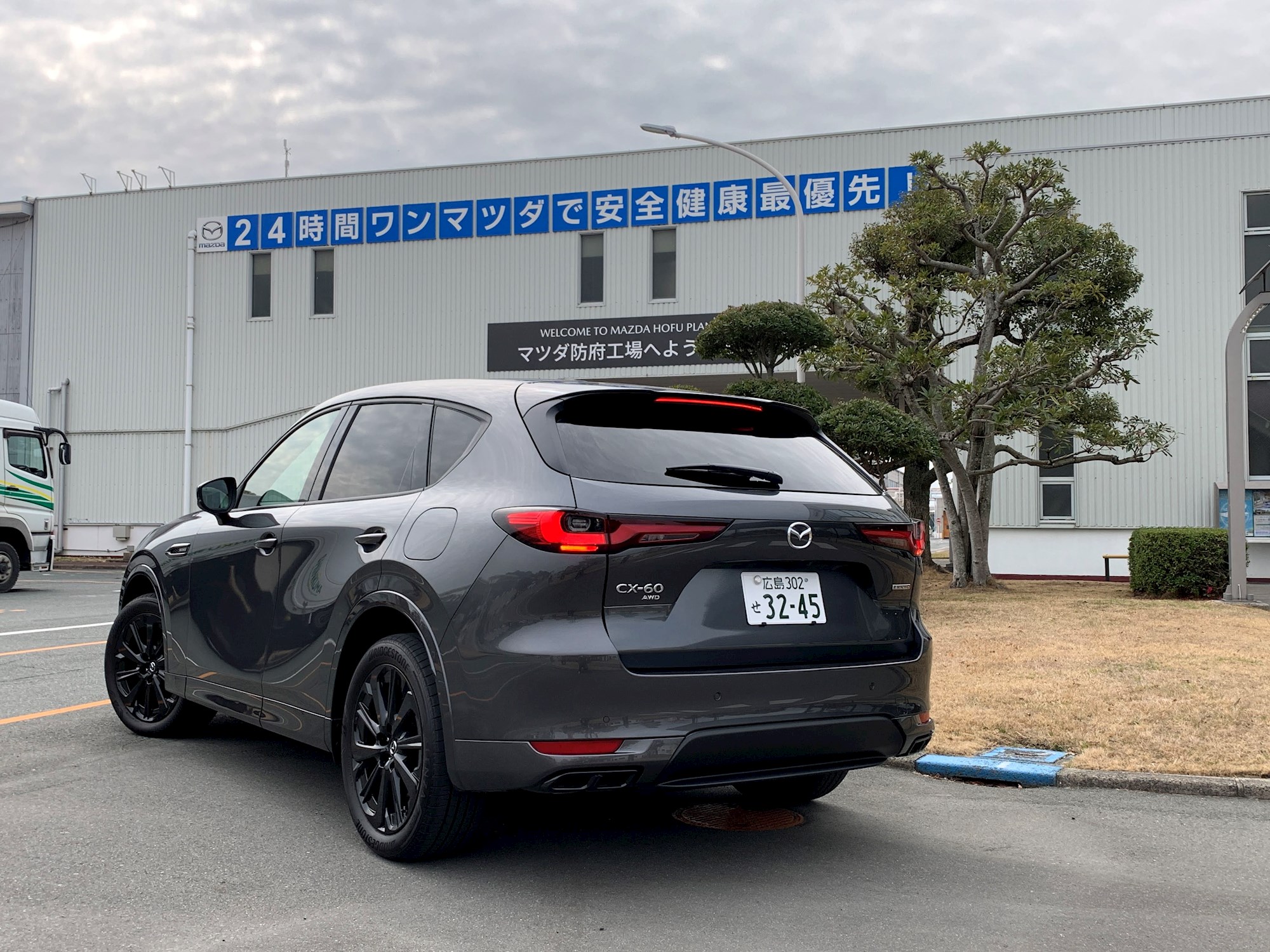
The Hofu plant is Mazda’s home of B group manufacturing, and the birthplace of CX-60s which started production in early 2023, along with the forthcoming, larger CX-90, which will also join the Mazda NZ line-up not long after in the second-half of 2023.
CX-60 leads the product for Mazda’s large group, and to show the world Mazda is moving into the next stage of product.
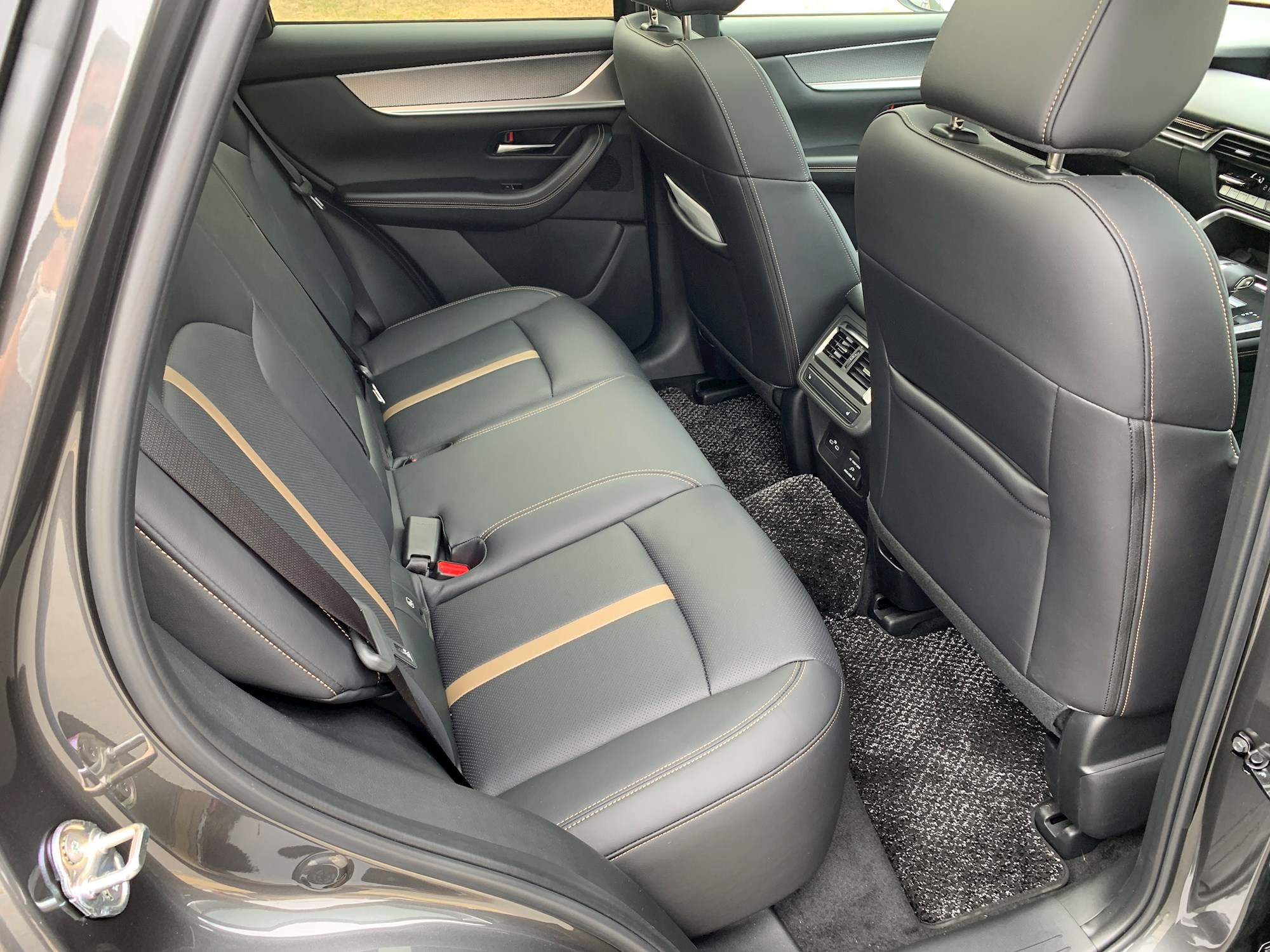
On that future, given the lack of EVs visible on Japanese roads, there is no immediate plans for a full EV model, though Shibata did offer his broad assessment that: “we consider all future possibilities”.
The Mazda CX-60 in expected to go on sale in the second-half of 2023, with registrations already on the Mazda NZ website, soon followed by the CX-90. With respect and recognition given to Mazda’s heritage and history, it looks like its strong SUV game is about to get even better.
READ MORE: New CX-60 turbo petrol hybrid is cleaner than CX-5 four
READ MORE: CX-90 revealed, Mazda's most powerful production model ever
TEARDOWN
MAZDA CX-60 (Final NZ specs TBA)
ENGINES: 3.3 petrol turbo mild hybrid/2.5 petrol PHEV, 17.8kWh battery
POWER: 209kW/450Nm/242kW/500Nm
ECONOMY: 7.4l/2.1l per 100km (63km range)
0-100KM/H: 6.9/5.8 secs
PRICE: TBA

